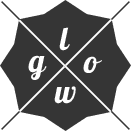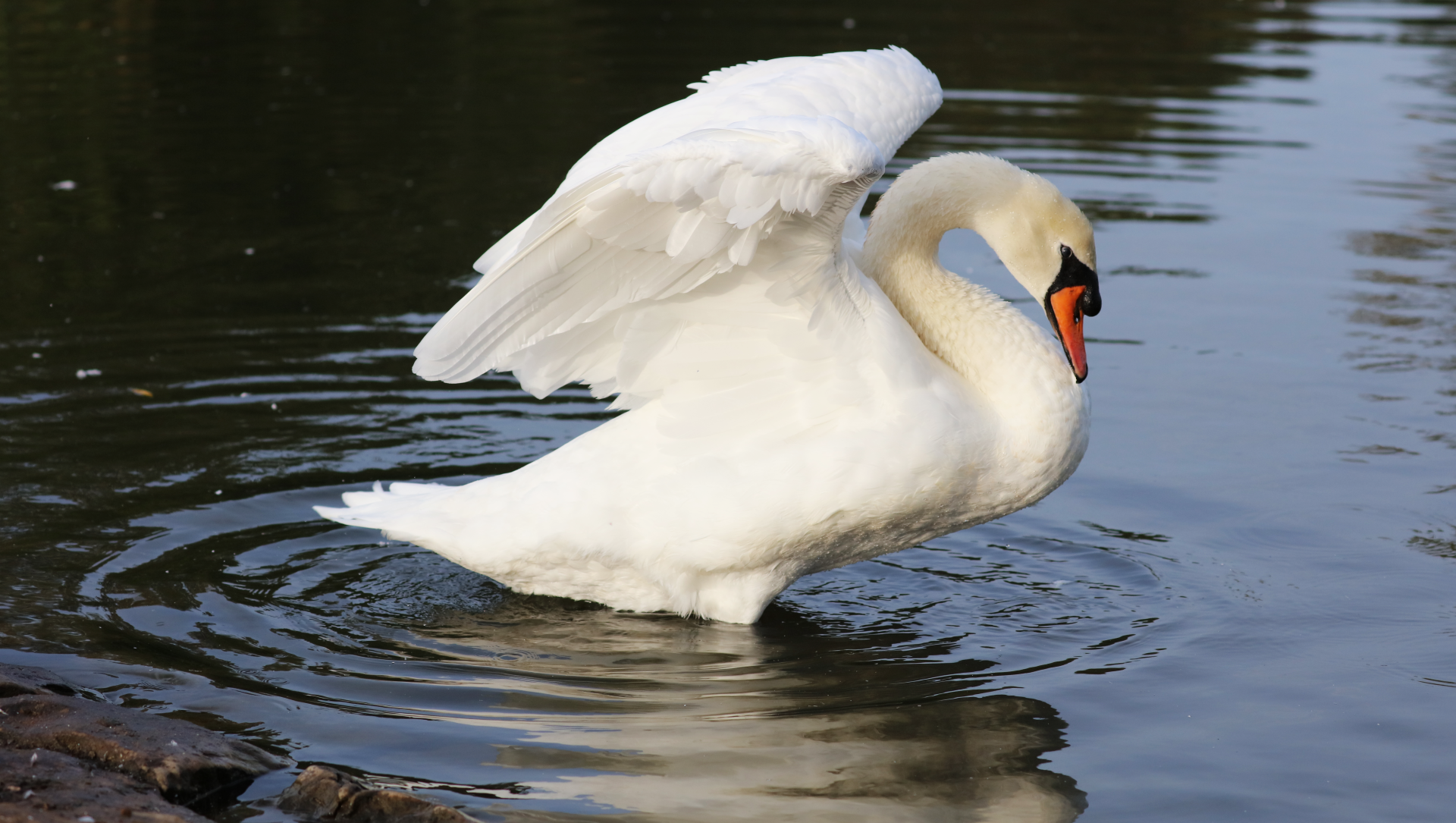
Slide title
Mute Swan Cygnus olor
©Michael Trump TQ4792 08/10/2023
Button
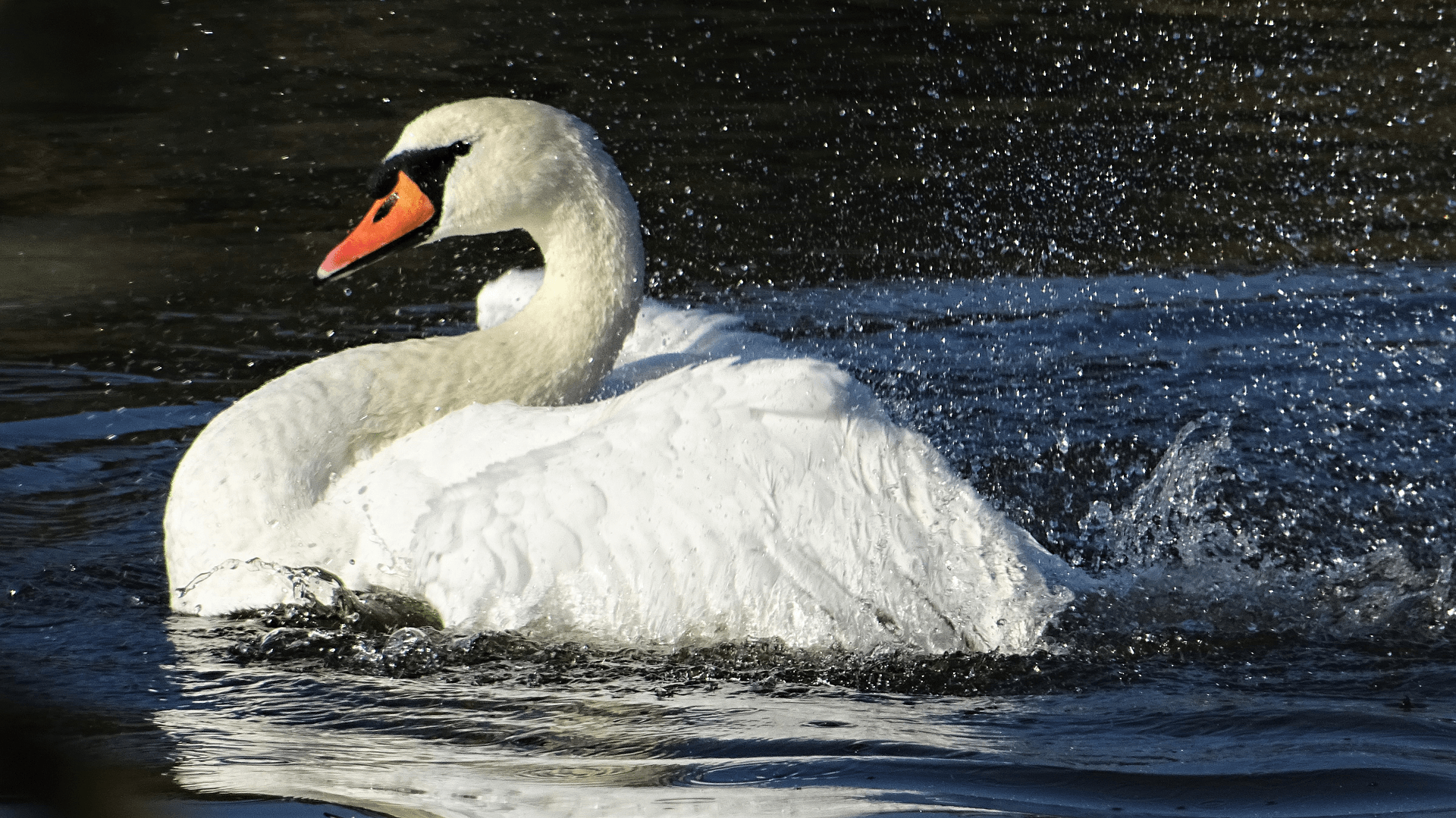
Slide title
Mute Swan Cygnus olor
©Raymond Small TQ4792 03/11/2017
Button
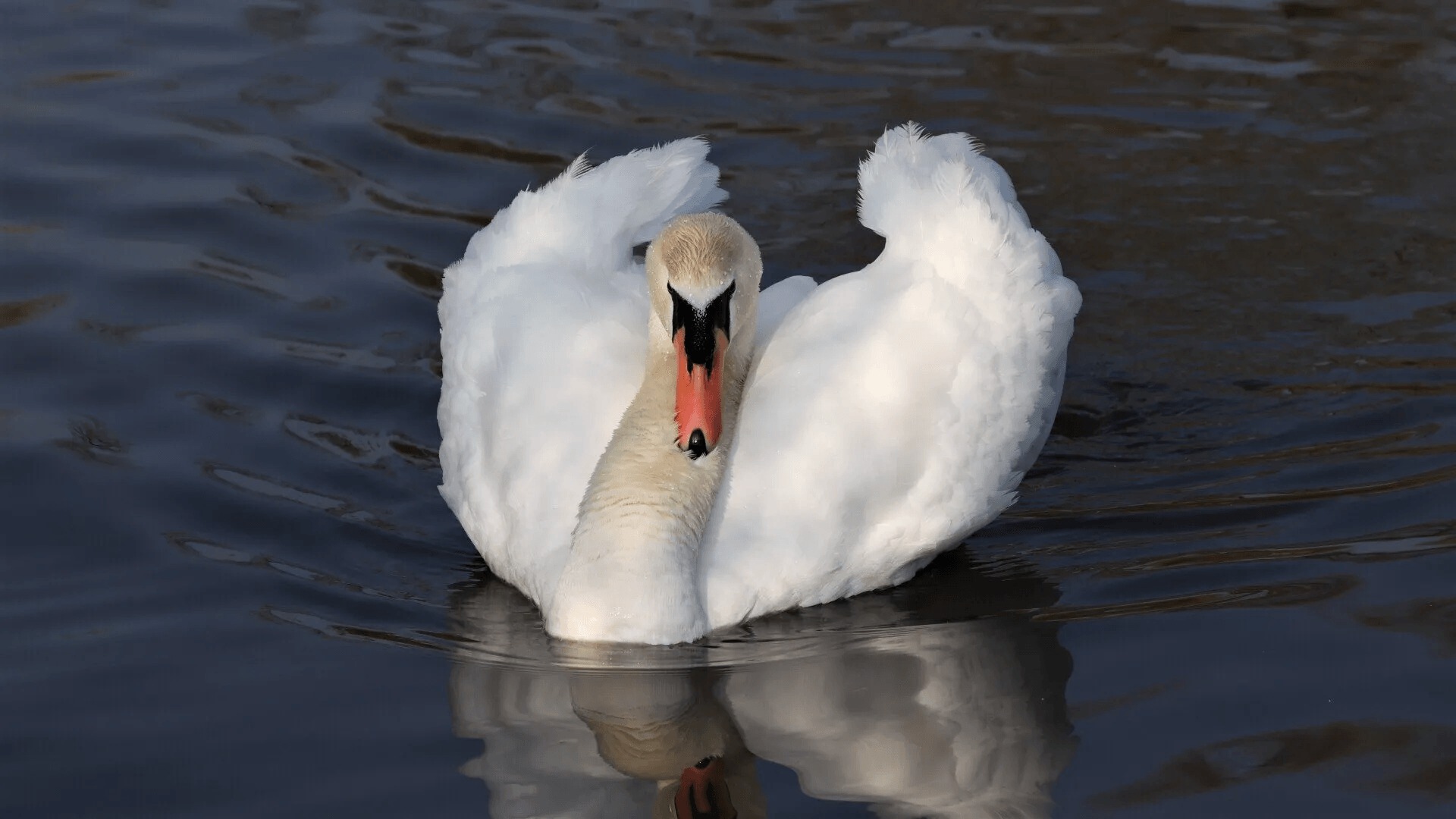
Slide title
Mute Swan Cygnus olor
©Michael Trump TQ4702 14/04/2019
Button
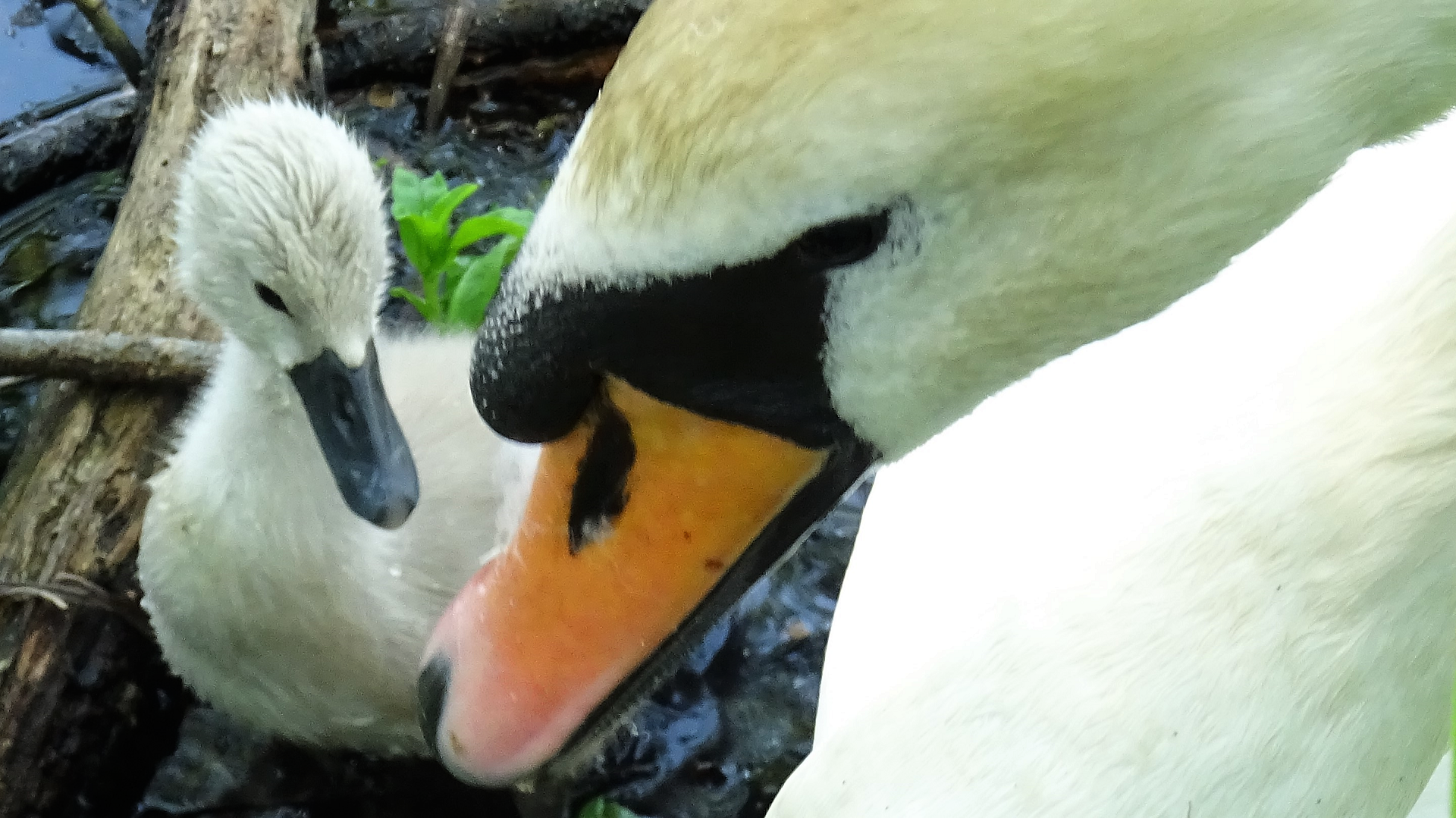
Slide title
Mute Swan Cygnus olor
©Raymond Small TQ4792 10/06/2023
Button
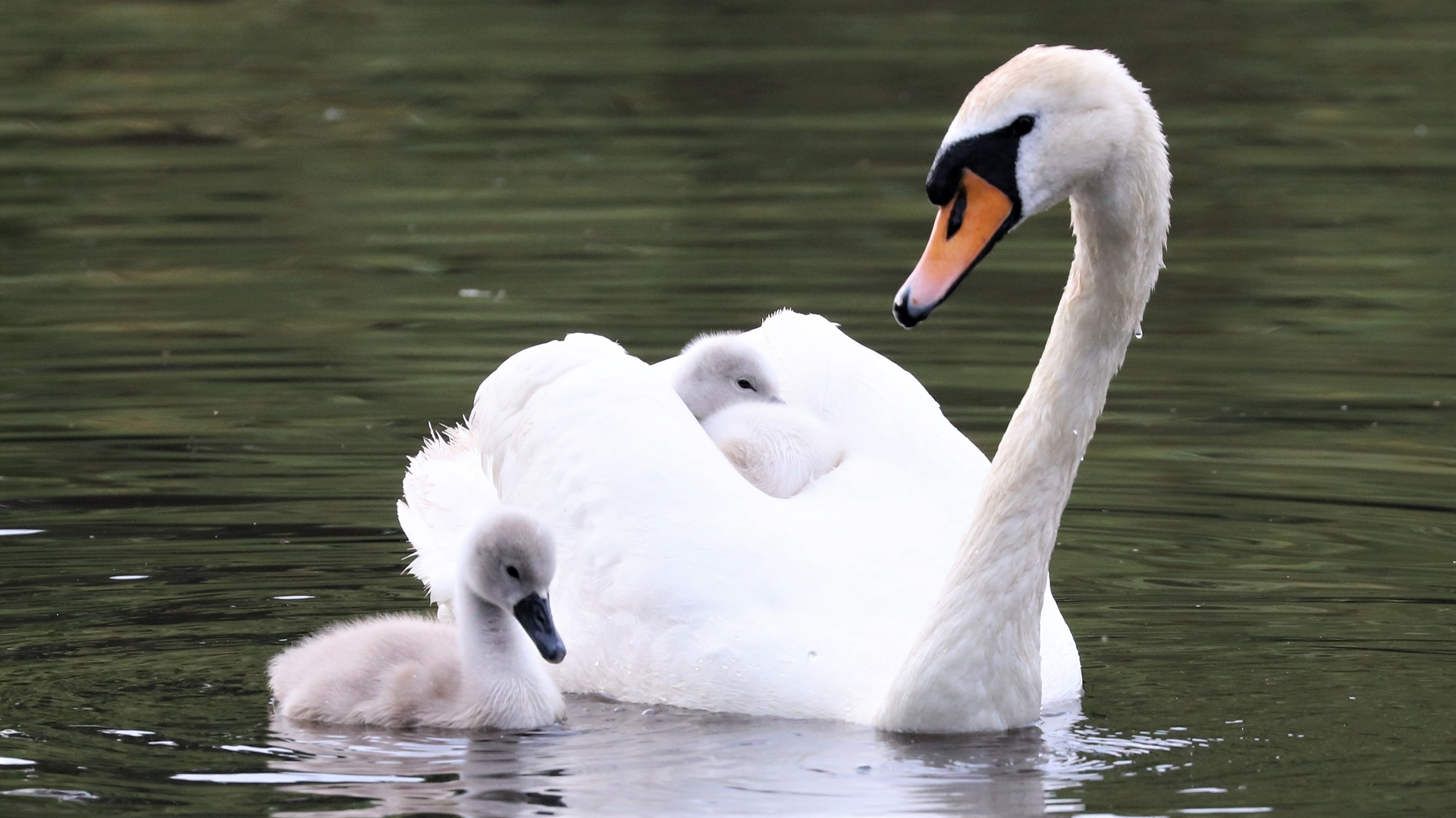
Slide title
Mute Swan Cygnus olor
©Michael Trump TQ4792 12/06/2023
Button
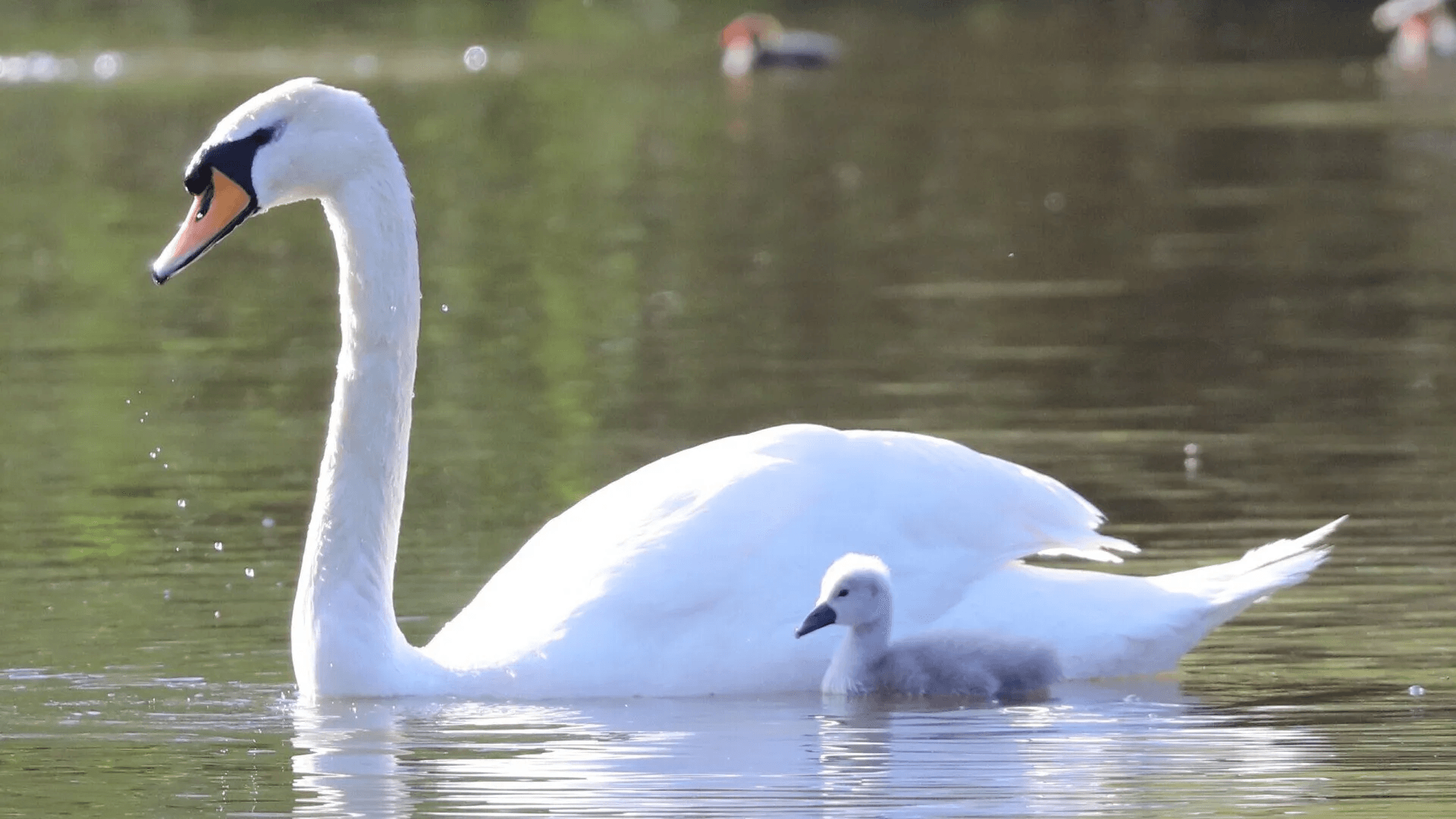
Slide title
Mute Swan Cygnus olor
©Michael Trump TQ4792 22/05/2022
Button

Slide title
Mute Swan Cygnus olor
©Michael Trump TQ4792 24/05/2020
Button
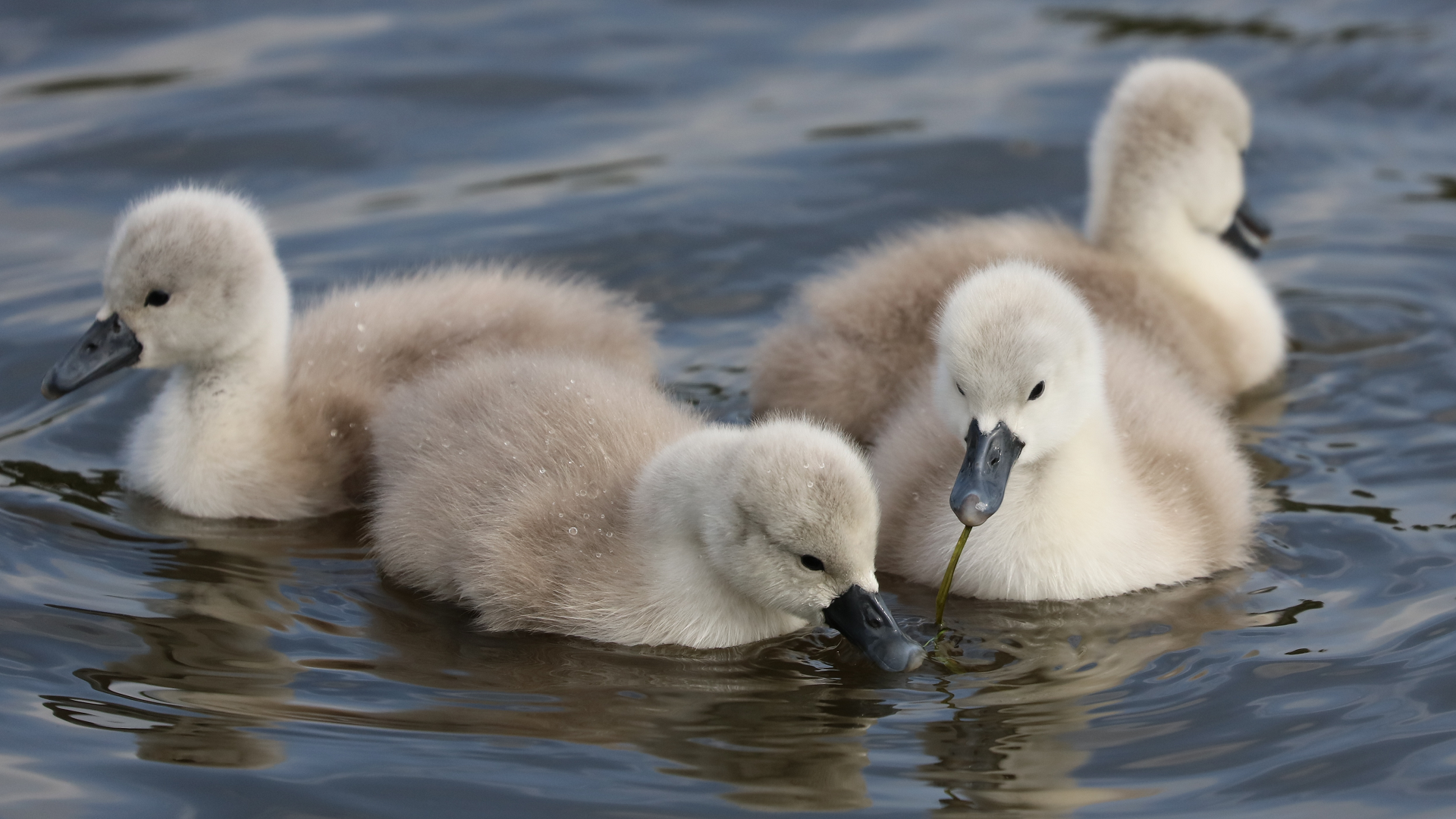
Slide title
Mute Swan Cygnus olor
©Michael Trump TQ4792 24/05/2020
Button
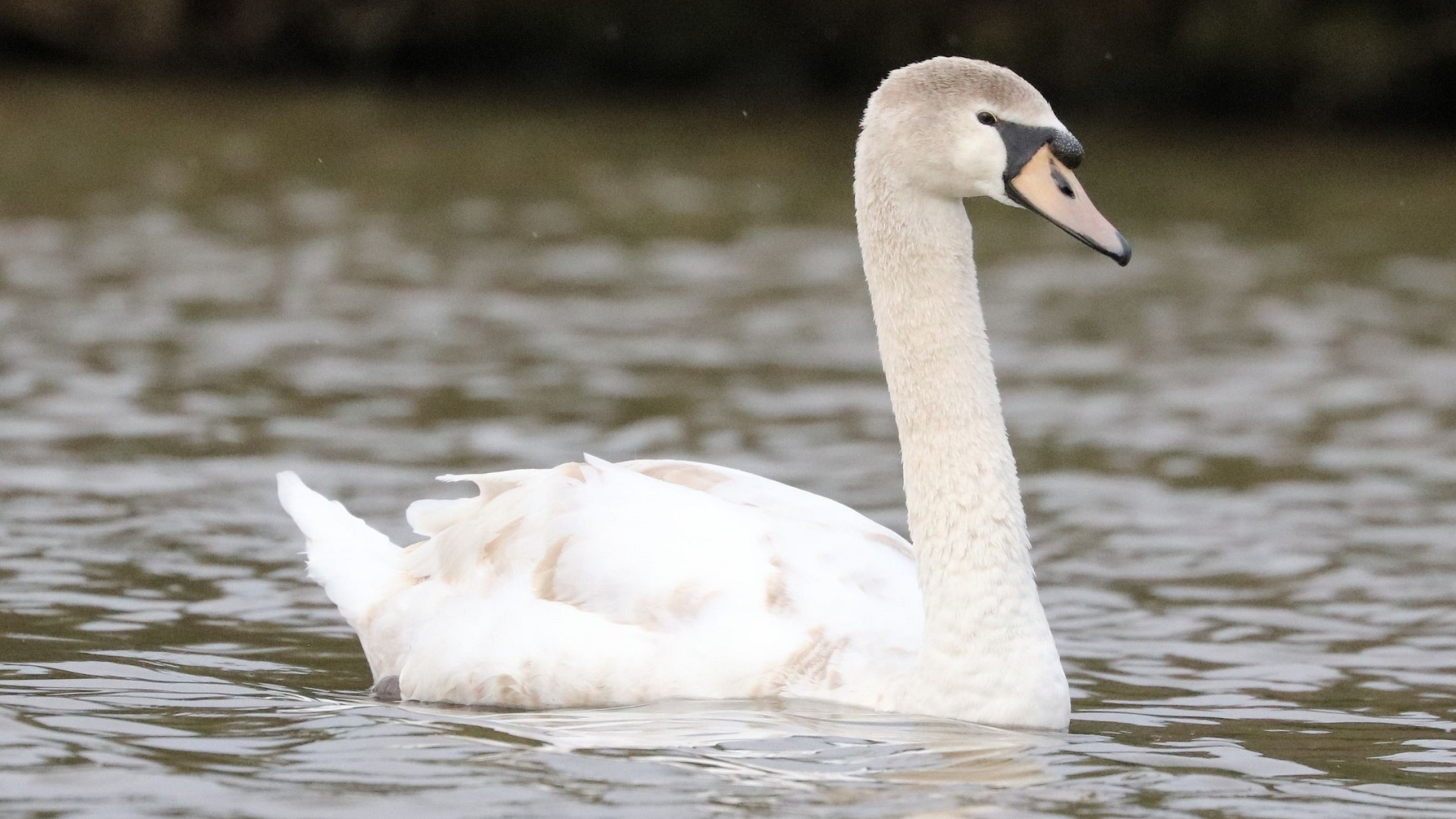
Slide title
Mute Swan Cygnus olor
©Michael Trump TQ4792 23/03/2024
Button
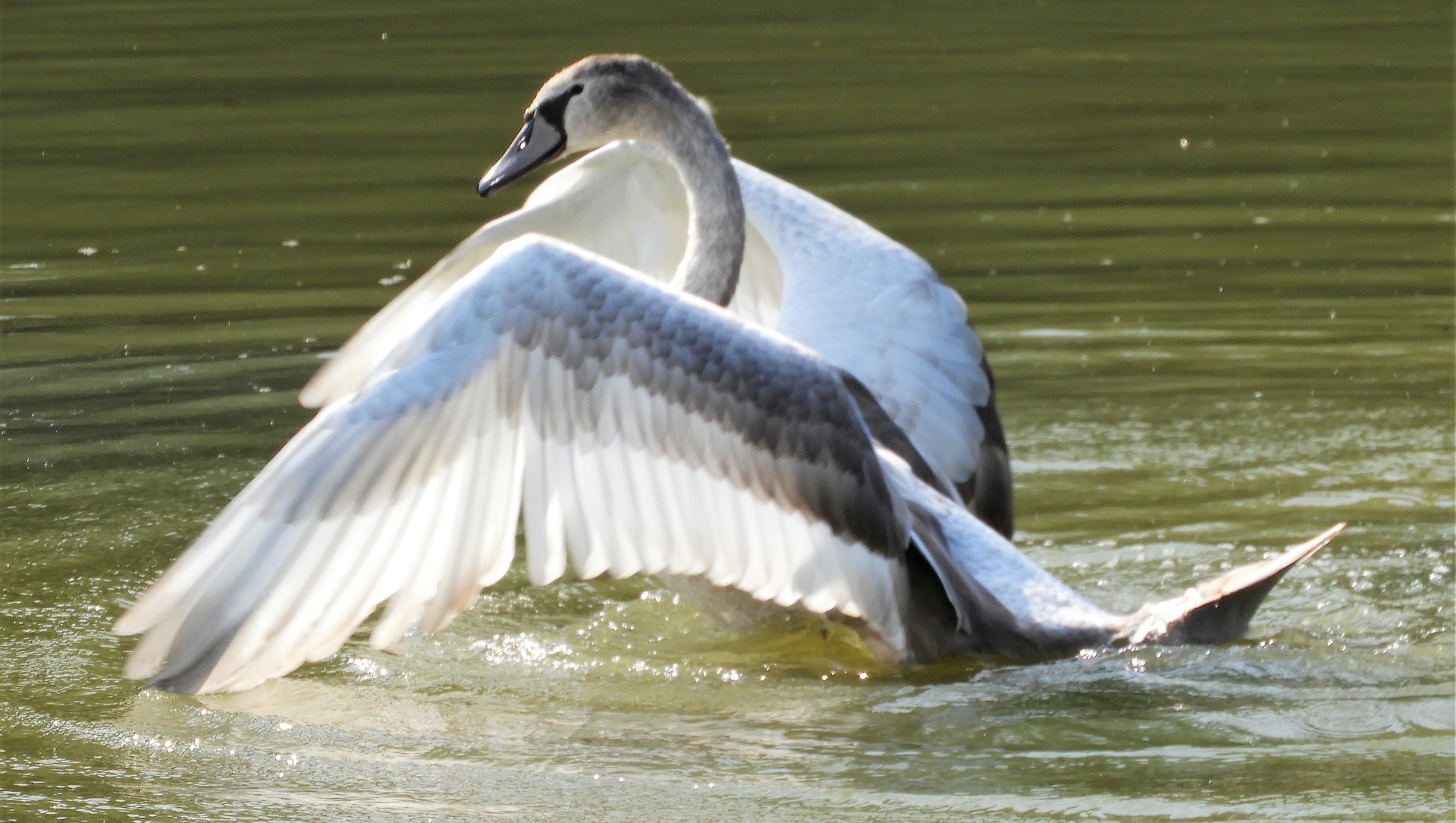
Slide title
Mute Swan Cygnus olor
©Michael Trump TQ4792 15/09/2020
Button
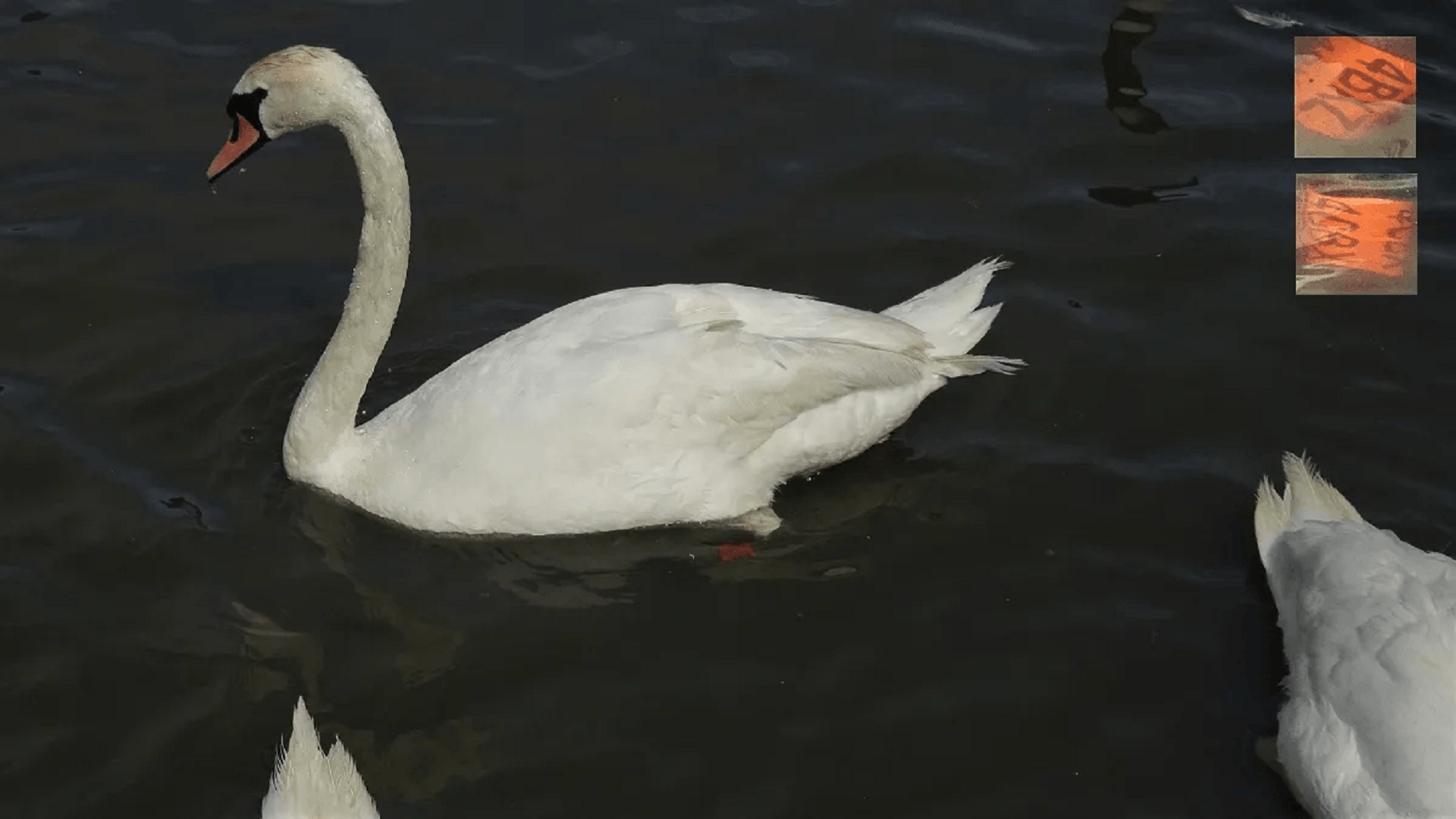
Slide title
Mute Swan Cygnus olor
©Raymond Small TQ4792 11/01/2017
Button
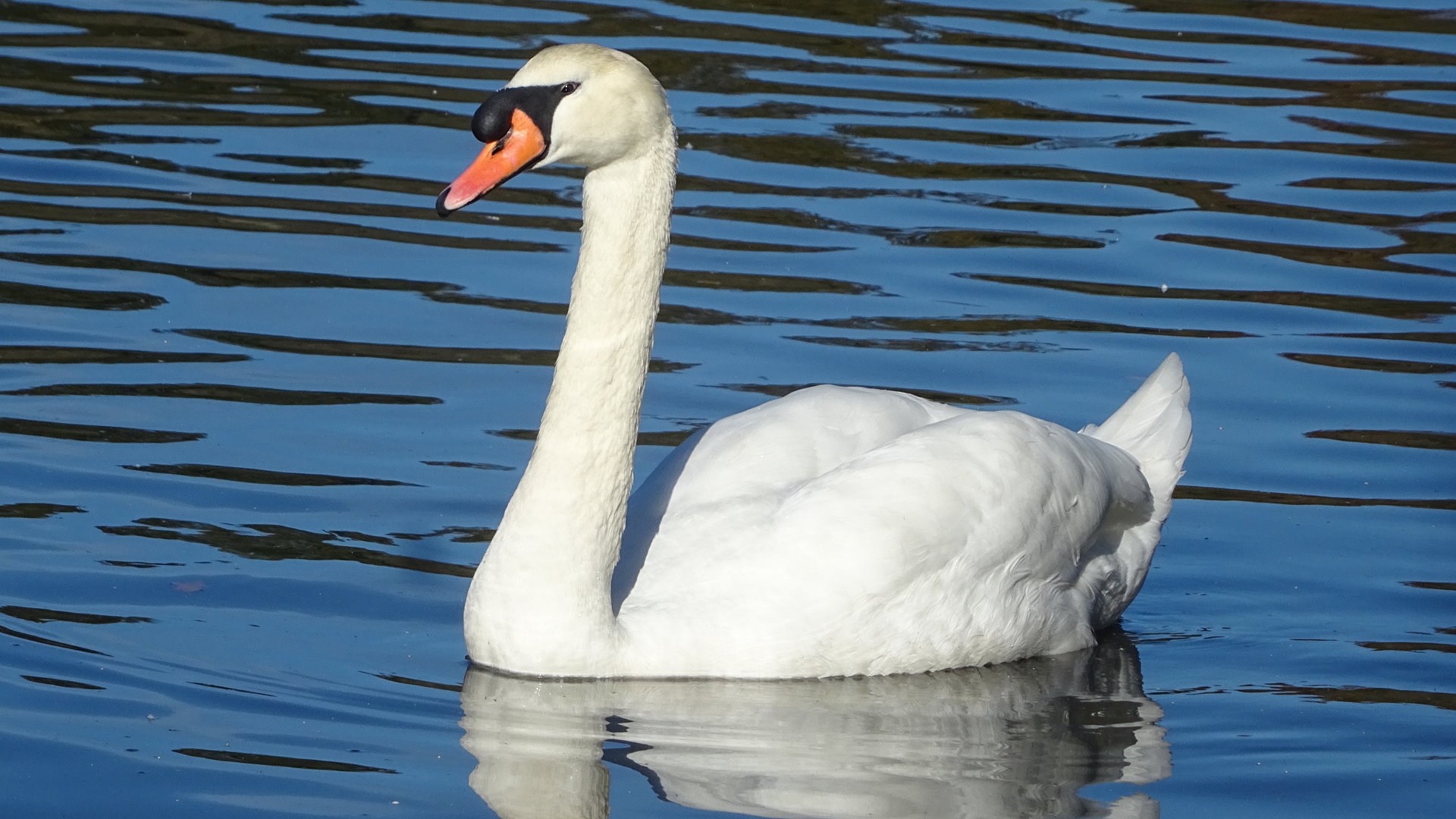
Slide title
Mute Swan Cygnus olor
©Raymond Small TQ4792 27/11/2024
Button
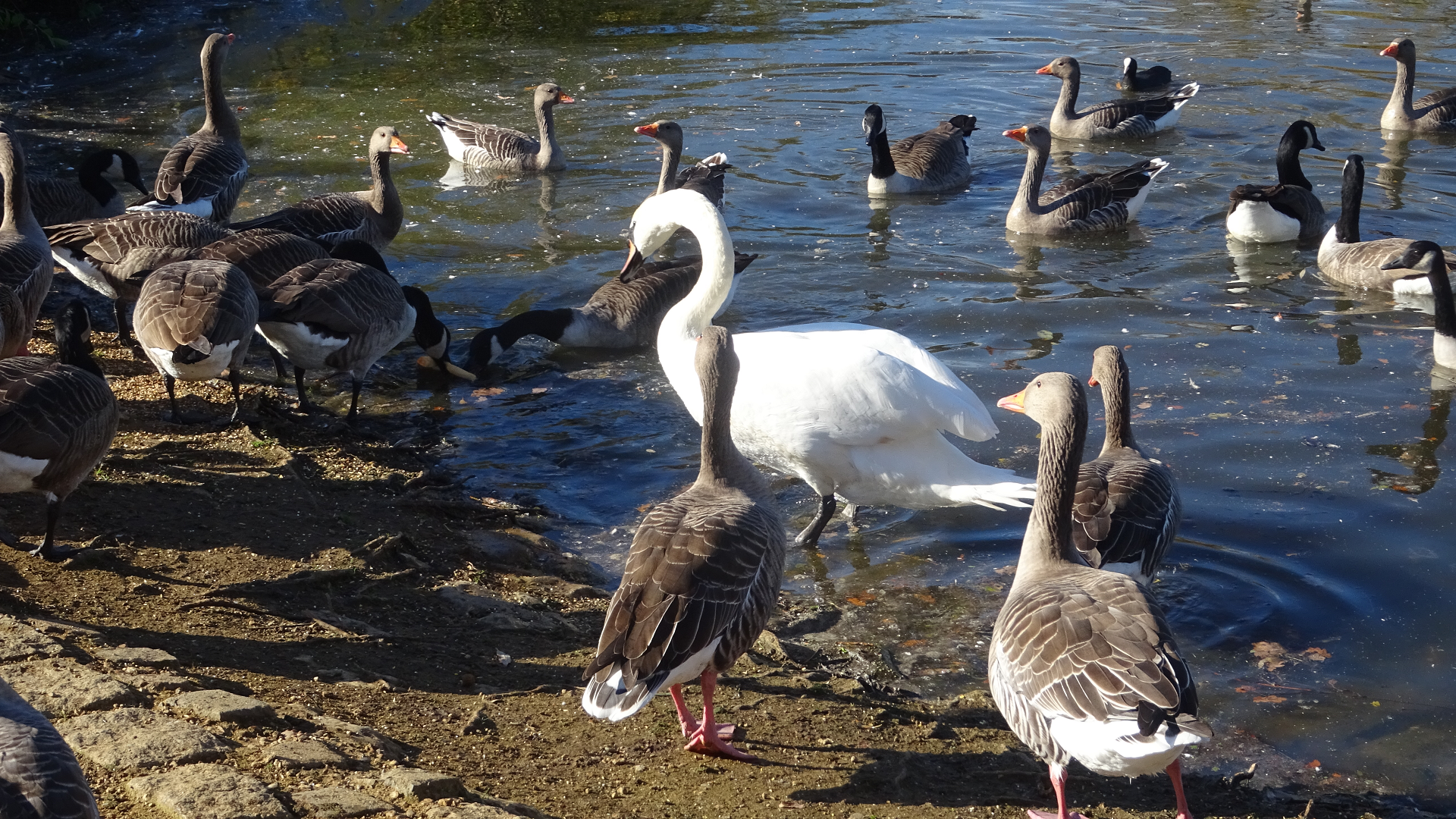
Slide title
Mute Swan Cygnus olor
©Raymond Small TQ4792 27/11/2024
Button
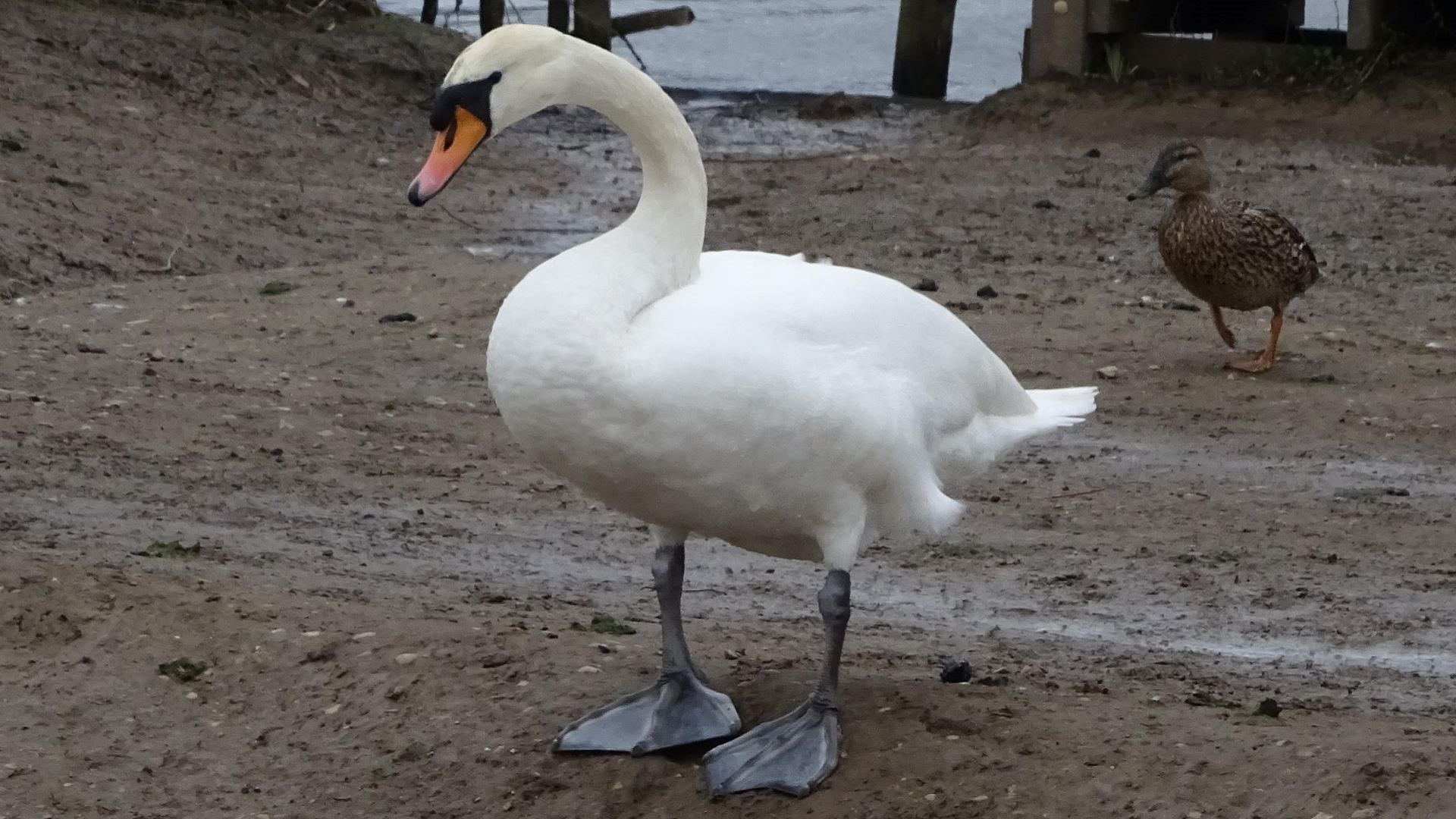
Slide title
Mute Swan Cygnus olor
©Raymond Small TQ4792 06/03/2019
Button

Slide title
Mute Swan Cygnus olor
©Raymond Small TQ4792 06/03/2019
Button
Mute Swan
is the commonest swan and the only one in Britain likely to be seen during spring and summer. It is graceful and usually silent, but can hiss or snort. The difference between male and female is not always obvious. During the breeding season the black knob at the base of the male's bill swells to become noticeably larger than that on the female. The Pen (female) incubates her eggs on a heap of vegetation while the Cob (male) keeps close guard against predators and chases them off. Both adults share the responsibility of caring for the nest. Once cygnets are old enough to look after themselves the parents loosen the parental ties. If the cygnets are reluctant to leave the parents may chase them away rather aggressively. Swans feed on water plants, seed, snails and insects.
Two visiting swans had been ringed (see slideshow) as part of a long term study investigating the demography of Mute Swans in south east England.
4CBX (Ring No. W41764) was a 6-year-old Pen(female), ringed by Mike Reed in 2016. She was spotted at Hollow Pond, Whipps Cross a number of times during 2016, 2017 and 2018. The last known sighting was at Wanstead Flats on 22nd April 2018.
4BXZ (Ring No. W41470) was a 5-year-old Pen, ringed by Mike Reed in 2016, also a regular at Hollow Pond, Whipps Cross during 2016 and 2017. Sadly, she was reported dead there after an animal attack on 1st November 2017.
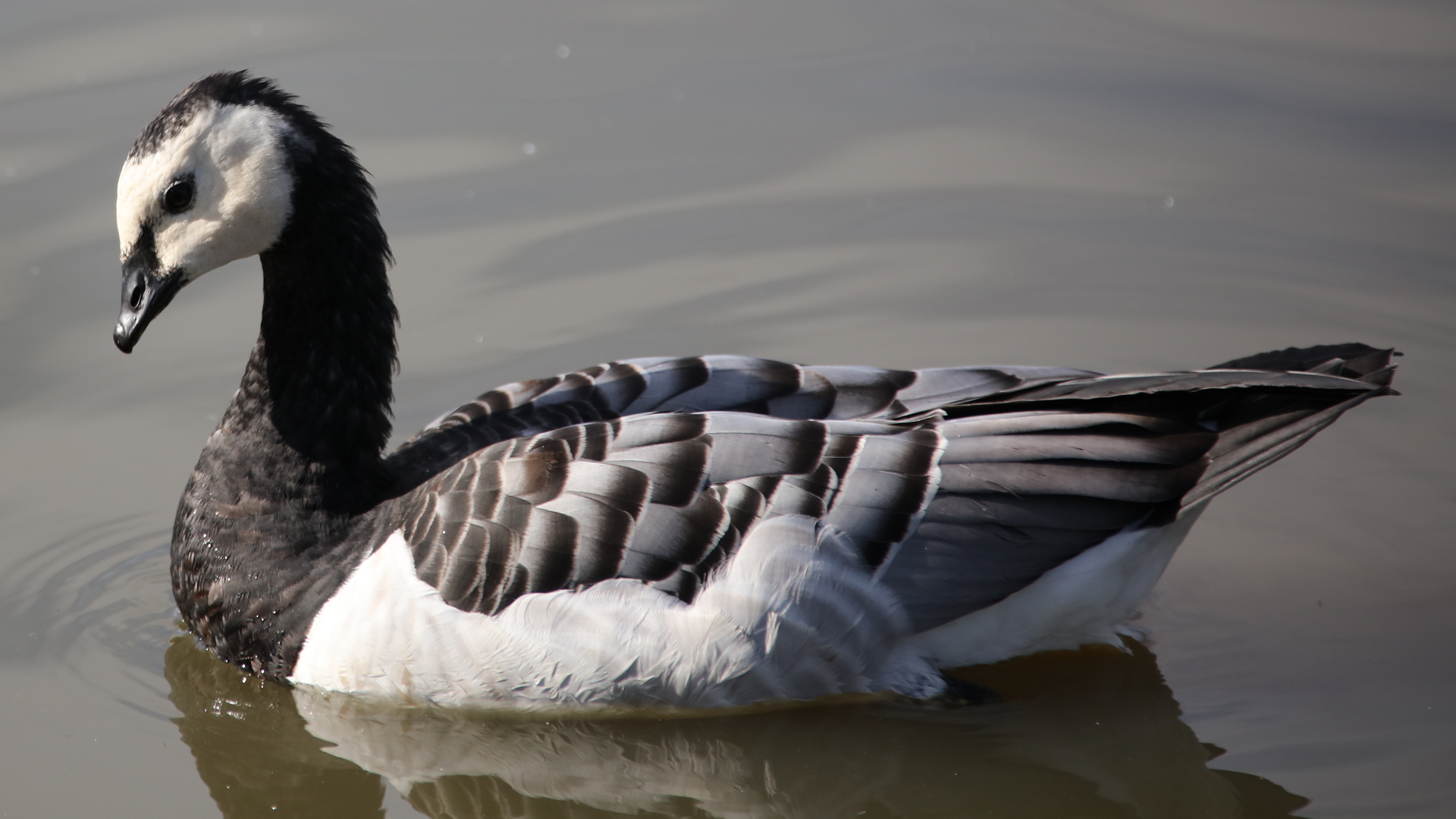
Slide title
Barnacle Goose Branta leucopsis
©Raymond Small TQ4792 14/09/2019
Button

Slide title
Barnacle Goose Branta leucopsis
©Raymond Small TQ4792 14/09/2019
Button
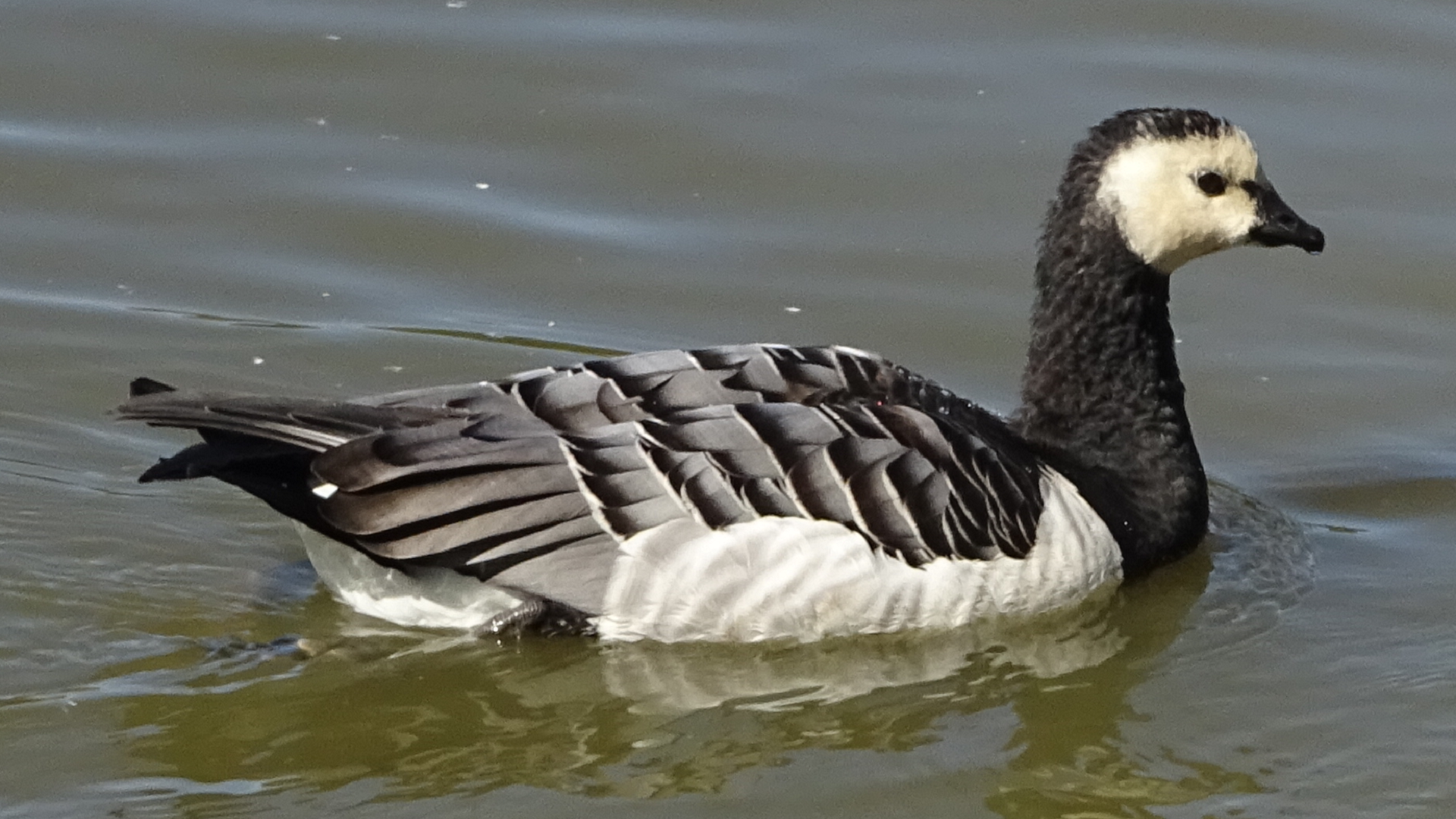
Slide title
Barnacle Goose Branta leucopsis
©Raymond Small TQ4792 14/09/2019
Button

Slide title
Barnacle Goose Branta leucopsis
©Raymond Small TQ4792 14/09/2019
Button

Slide title
Barnacle Goose Branta leucopsis
©Raymond Small TQ4792 14/09/2019
Button

Slide title
Barnacle Goose Branta leucopsis
©Raymond Small TQ4792 01/04/2018
Button

Slide title
Barnacle Goose Branta leucopsis
©Raymond Small TQ4792 01/04/2018
Button
Barnacle Geese
are infrequent visitors to Hainault Lake, usually in small groups and not staying for long. The face is white and the head and neck black. The belly is white and there are grey bars on the back. During summer the geese breed in the Arctic. They feed on grass, other vegetation and seeds.

Slide title
Canada Goose Branta canadensis
©Raymond Small TQ4792 12/06/2023
Button

Slide title
Canada Goose Branta canadensis
©Raymond Small TQ4792 10/04/2017
Button
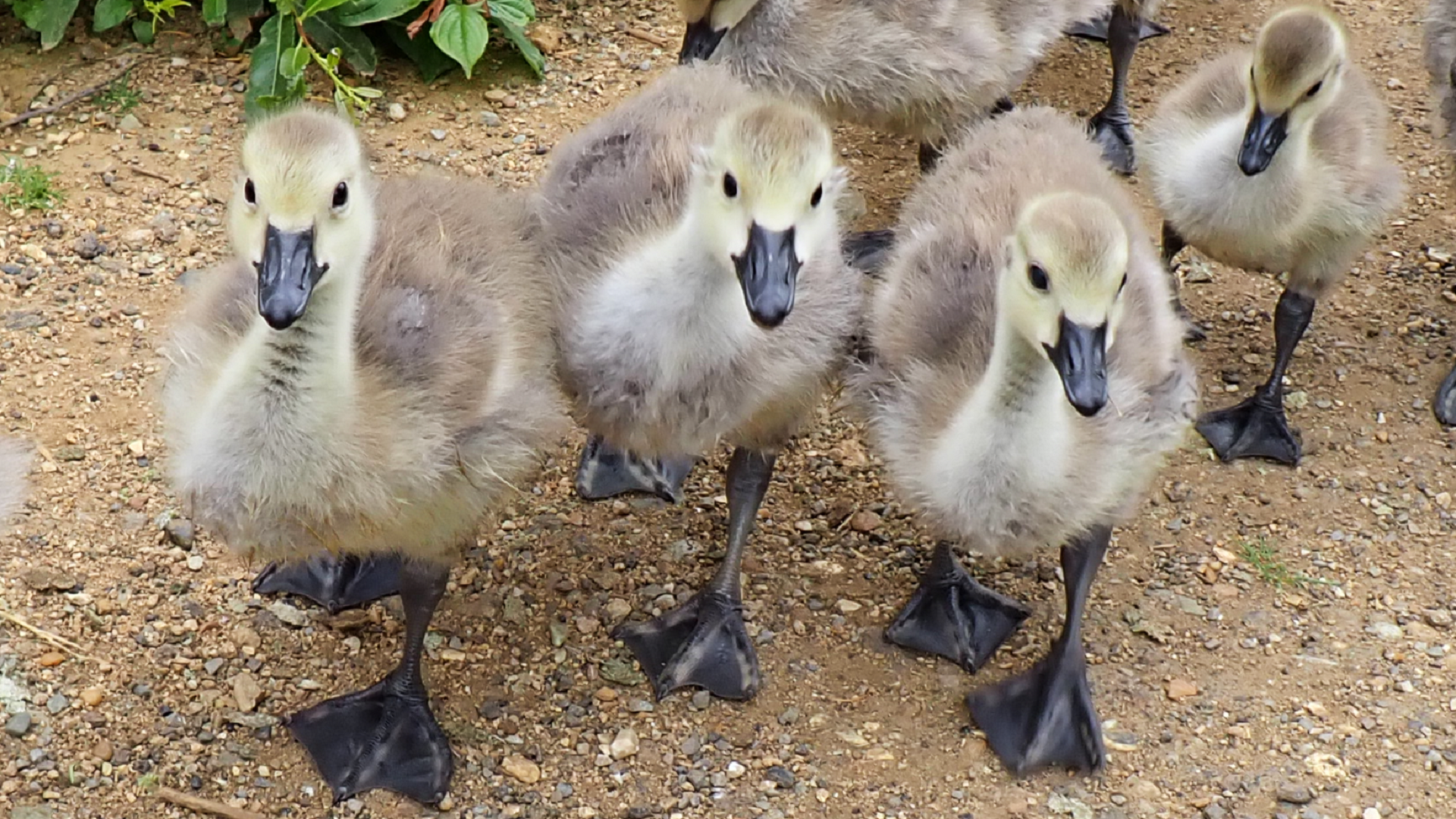
Slide title
Canada Goose Branta canadensis
©Raymond Small TQ4792 12/06/2024
Button

Slide title
Canada Goose Branta canadensis
©Raymond Small TQ4792 22/05/2023
Button

Slide title
Canada Goose Branta canadensis
©Raymond Small TQ4792 28/05/2018
Button

Slide title
Canada Goose Branta canadensis
©Raymond Small TQ4792 21/04/2023
Button
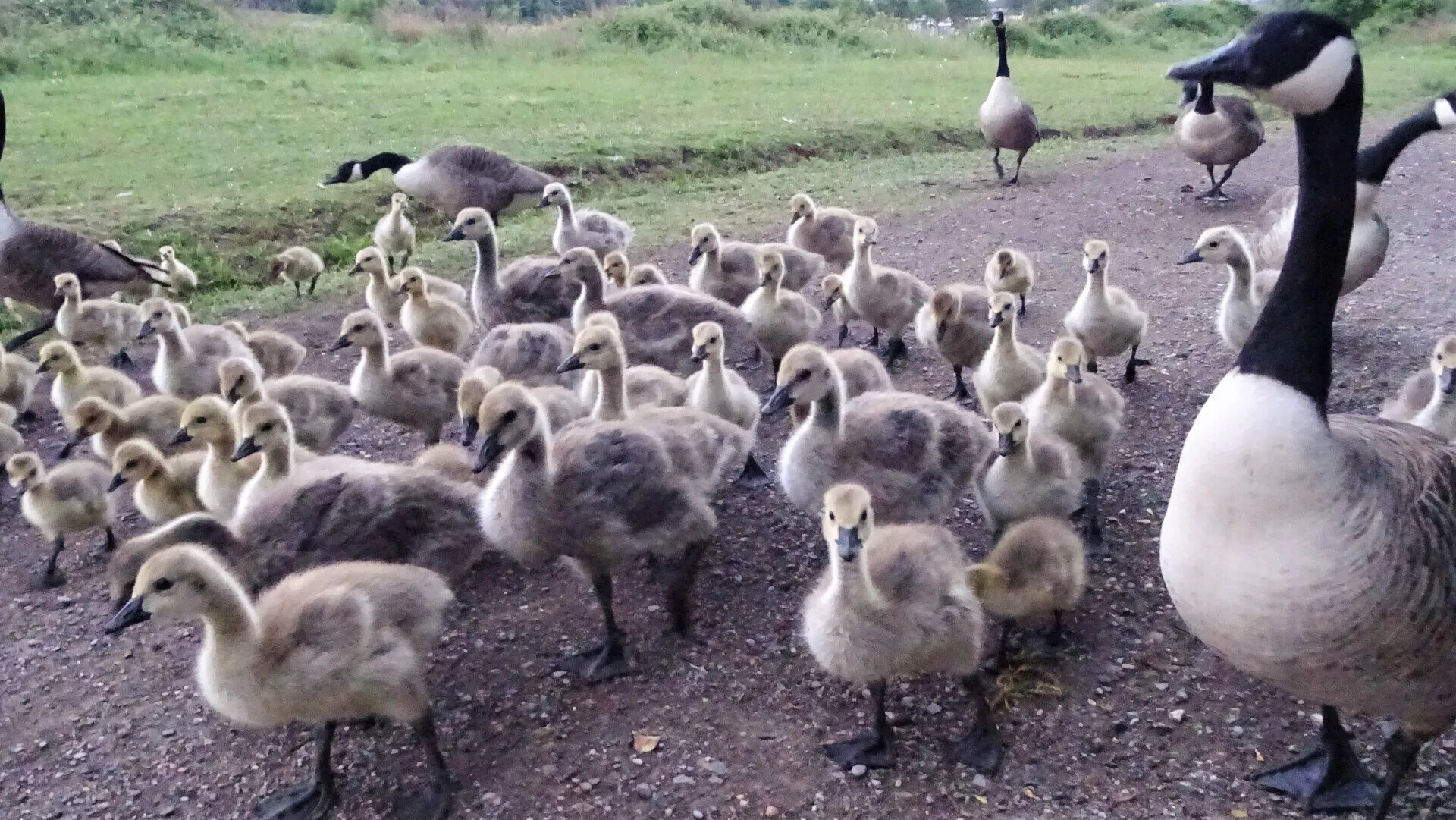
Slide title
Canada Goose Branta canadensis
©Raymond Small TQ4792 24/05/2022
Button
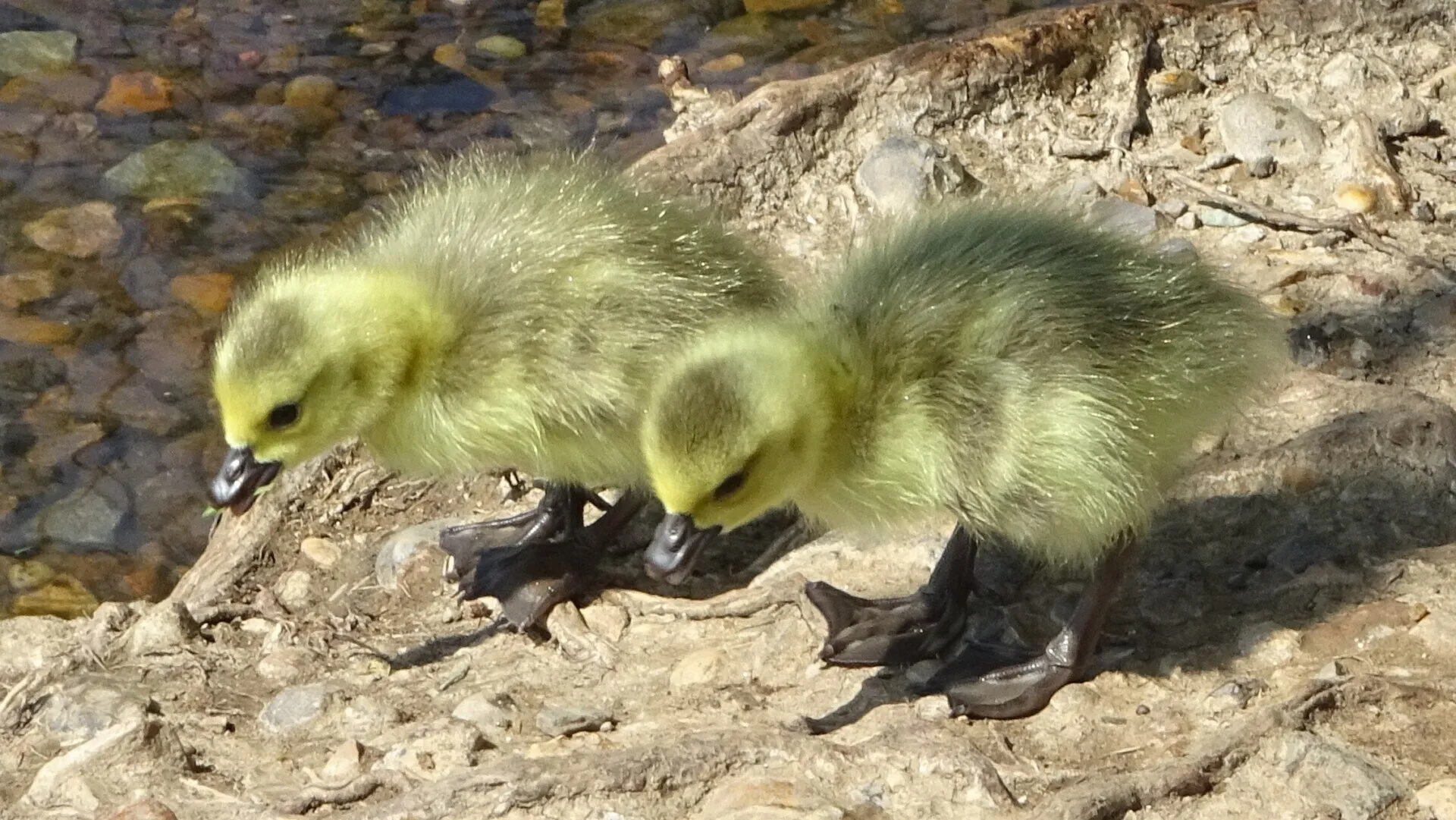
Slide title
Canada Goose Branta canadensis
©Raymond Small TQ4792 21/04/2022
Button
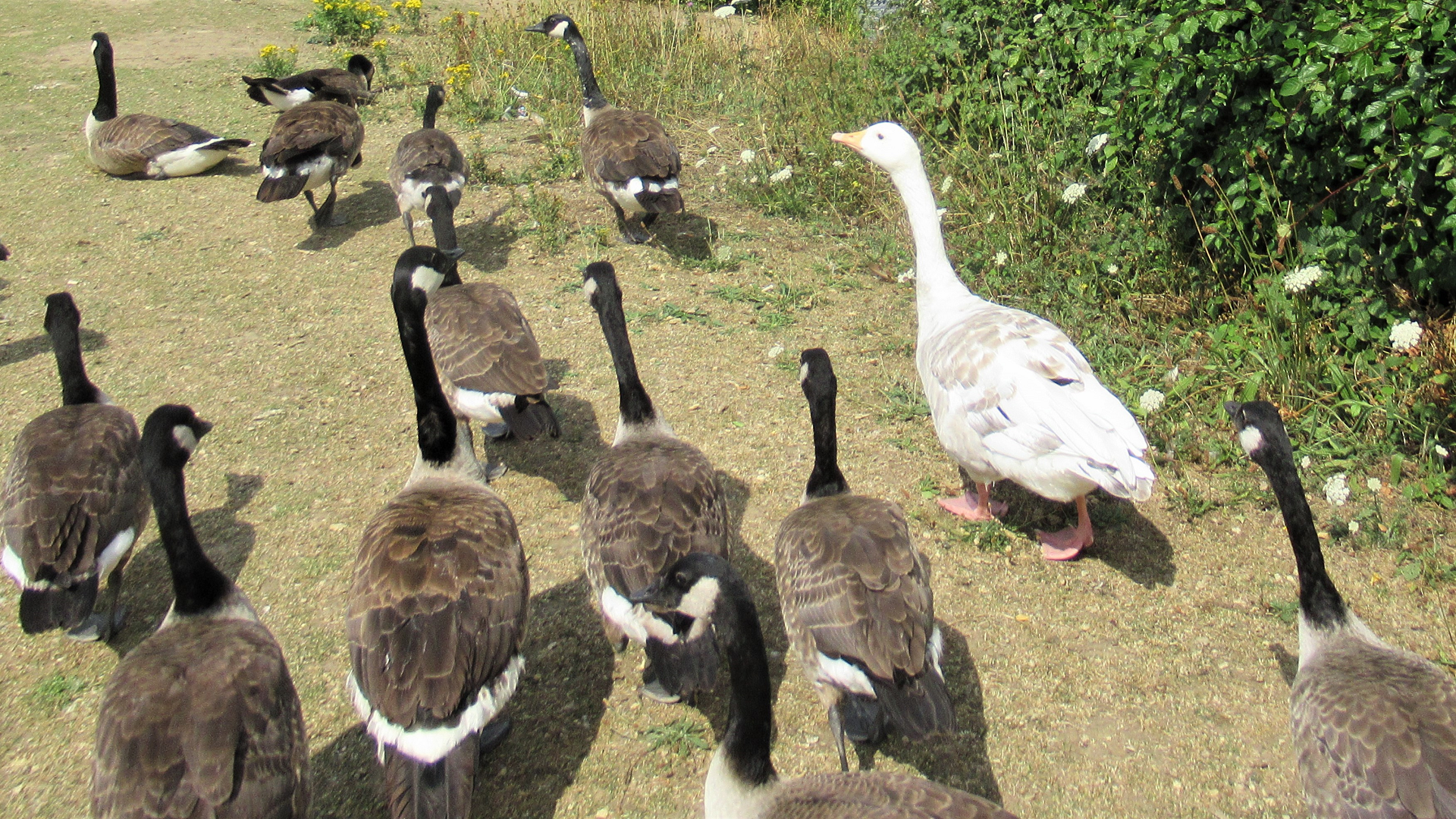
Slide title
Canada Goose Branta canadensis
©Brian Ecott TQ4590 20/07/2023
Button
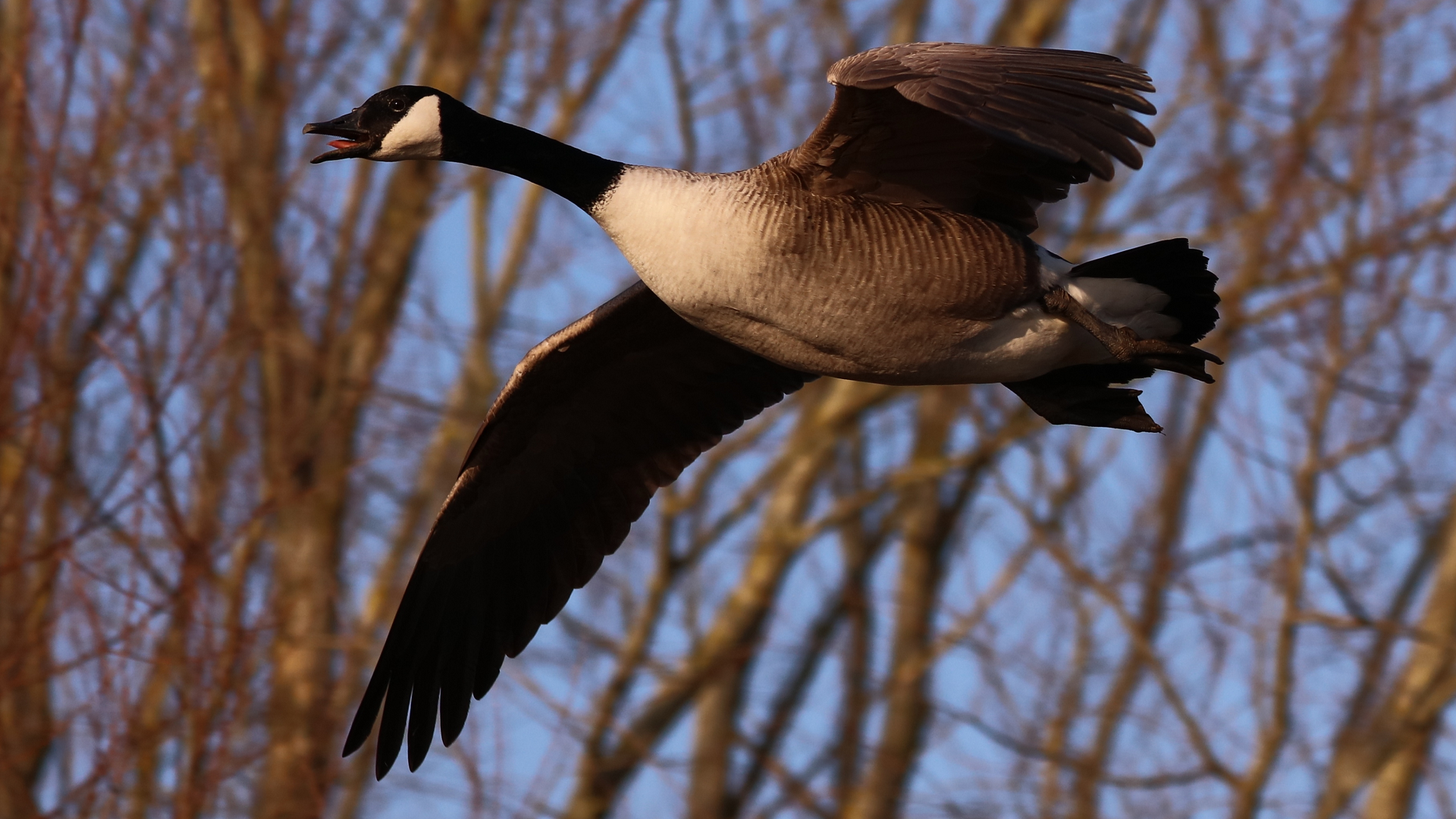
Slide title
©Michael Trump TQ4792 14/02/2025
Button
Canada Geese
were originally introduced from North America and are now well-established in Britain. Their goslings are capable of walking, swimming, and finding their own food immediately after hatching. Parents often lead their young in a line, usually with one adult guarding the front and the other at the rear. Although parents can be hostile to unfamiliar geese they may form creches of goslings with adults they know. Goslings often stay with their parents for their first year. Canada geese feed on grass and are attracted to mown areas because it gives them a clear view of any approaching predators. They have a tendency to move away from locations where grass has been allowed to grow longer.

Slide title
Greylag Goose Anser anser
©Raymond Small TQ4792 17/04/2017
Button
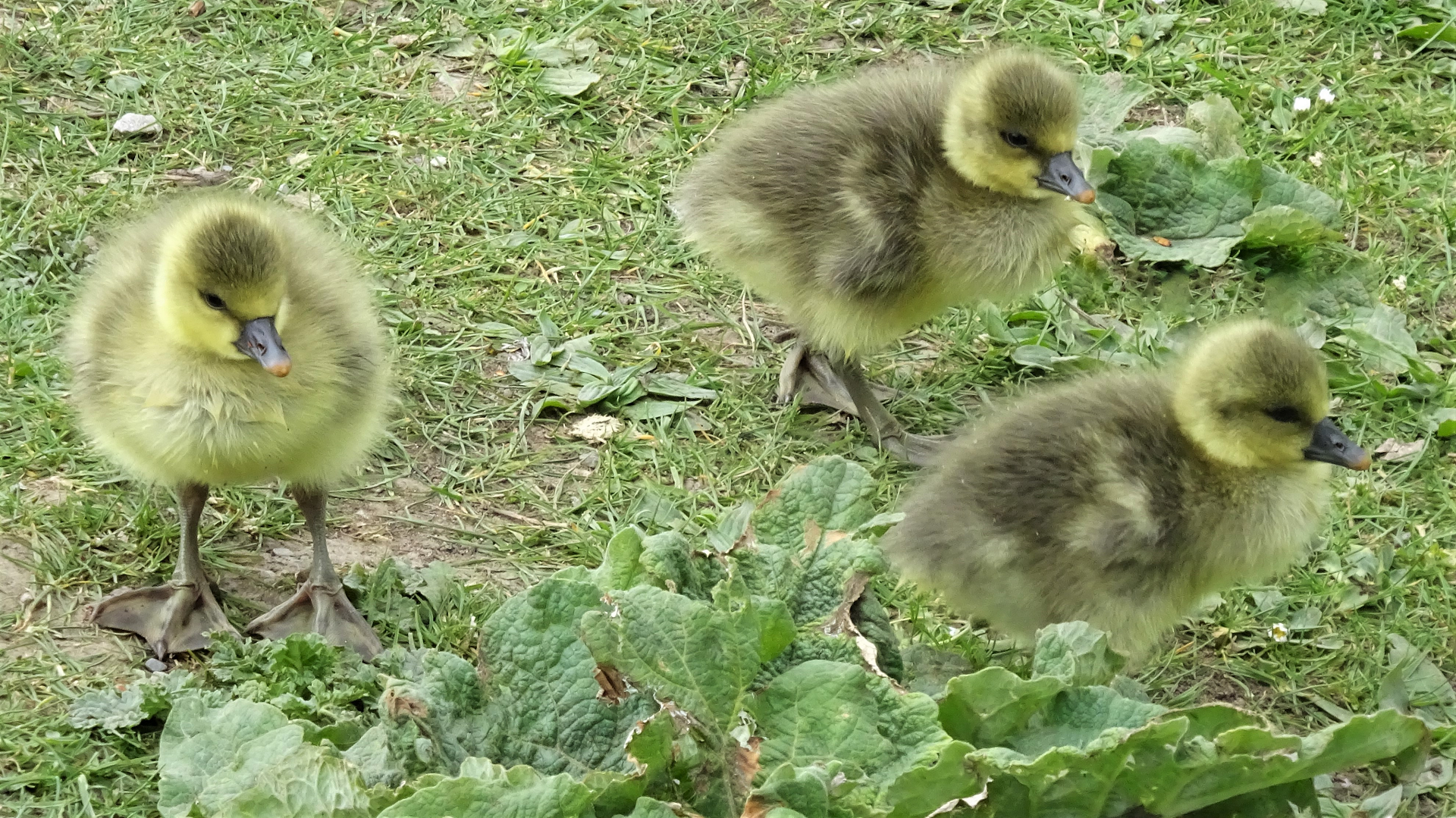
Slide title
Greylag Goose Anser anser
©Raymond Small TQ4792 17/04/2017
Button

Slide title
Greylag Goose Anser anser
©Raymond Small TQ4792 19/04/2017
Button
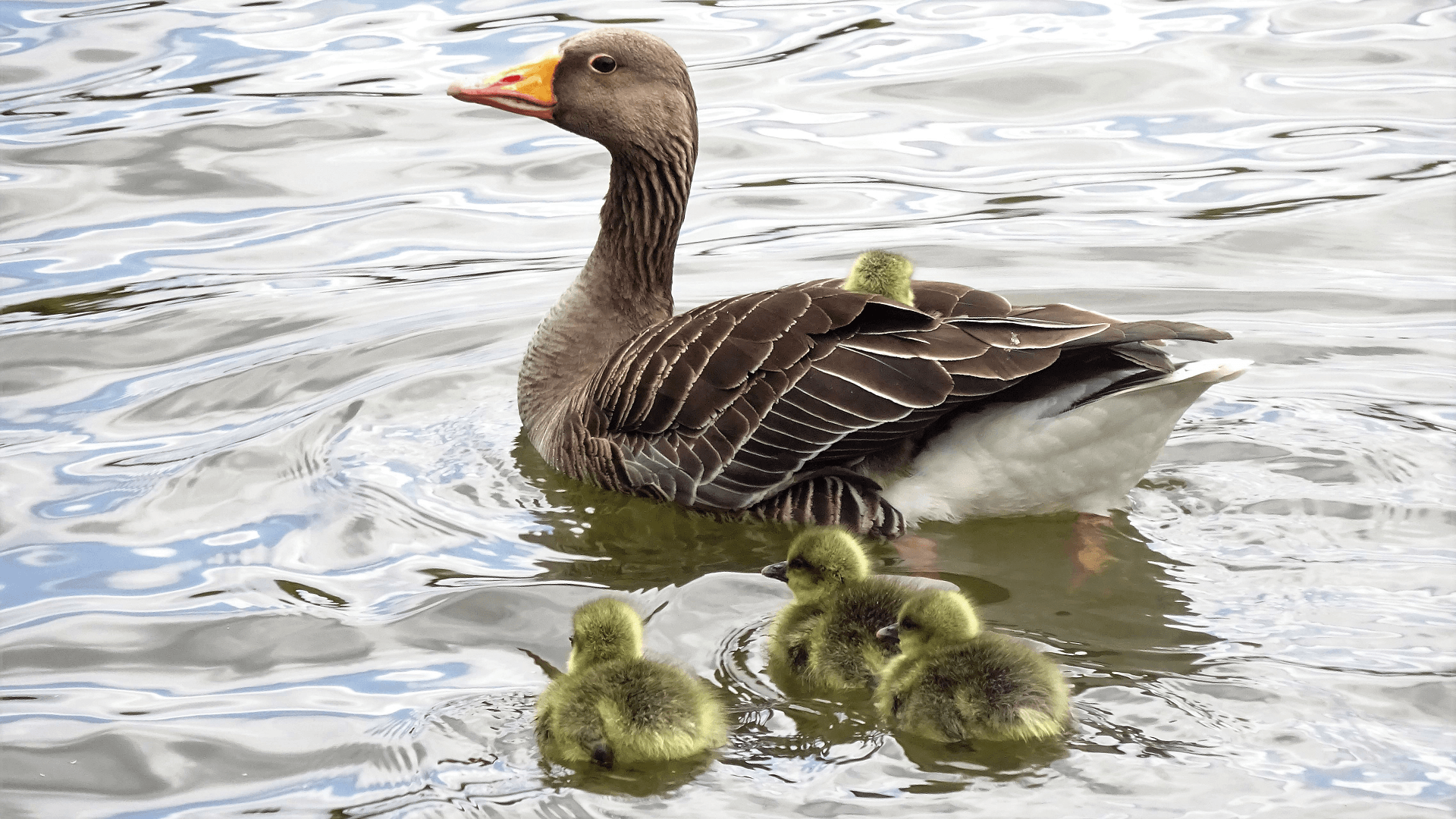
Slide title
Greylag Goose Anser anser
©Michael Trump TQ4491 26/04/2017
Button

Slide title
Greylag Goose Anser anser
©Raymond Small TQ4792 07/11/2017
Button
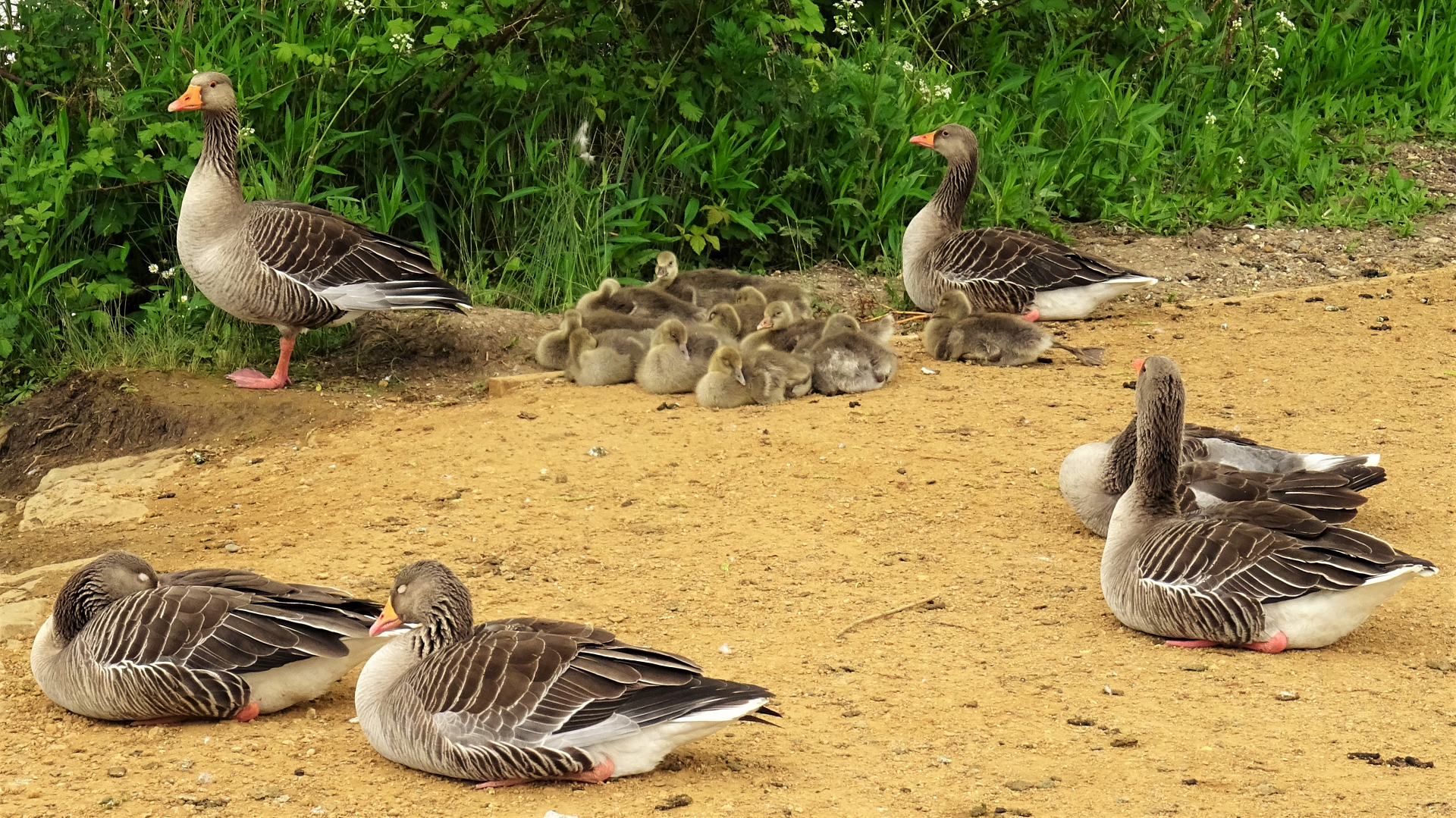
Slide title
Greylag Goose Anser anser
©Raymond Small TQ4792 17/05/2023
Button

Slide title
Greylag Goose Anser anser
©Michael Trump TQ4792 05/04/2023
Button
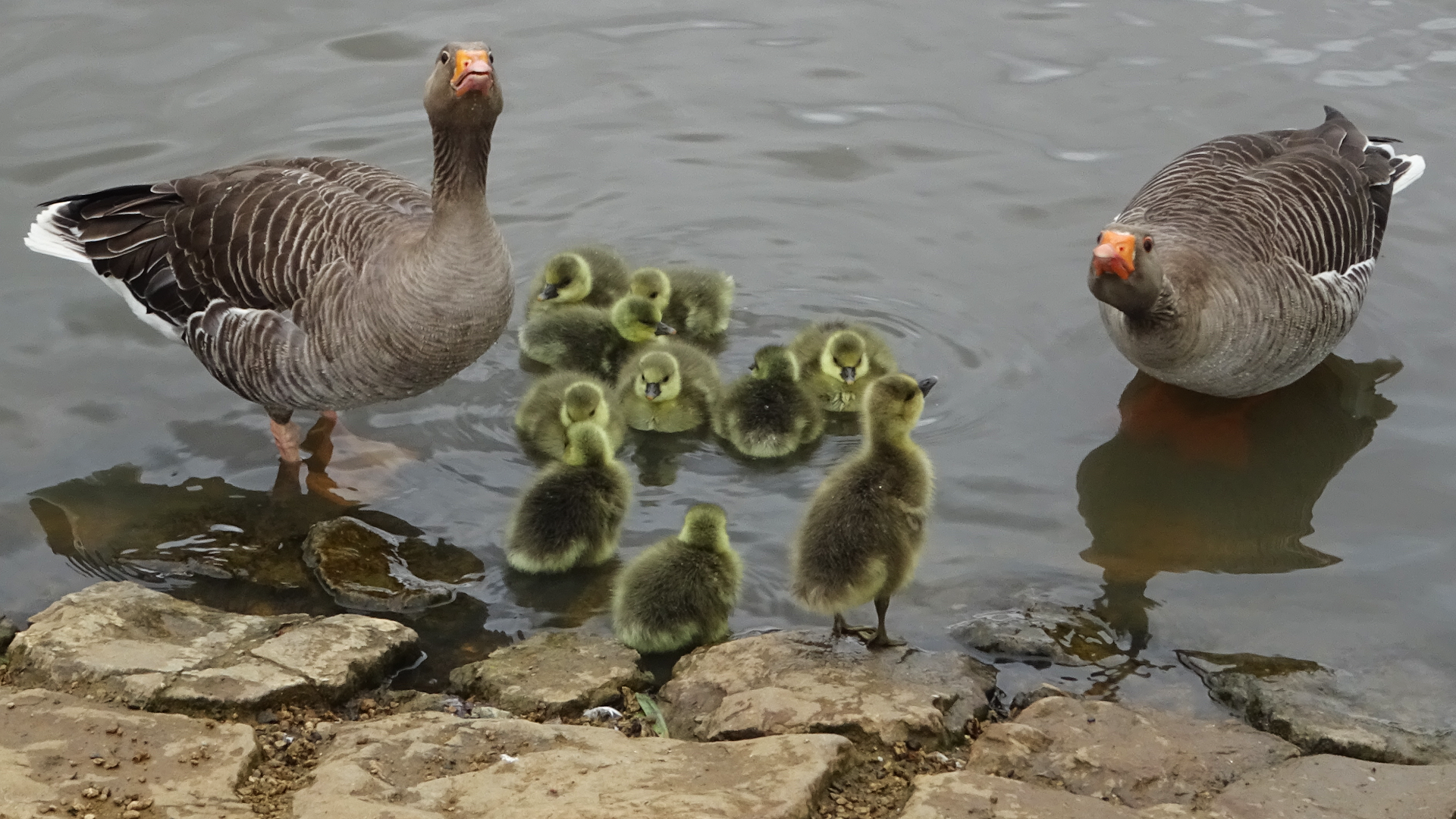
Slide title
Greylag Goose Anser anser
©Raymond Small TQ4792 11/04/2024
Button
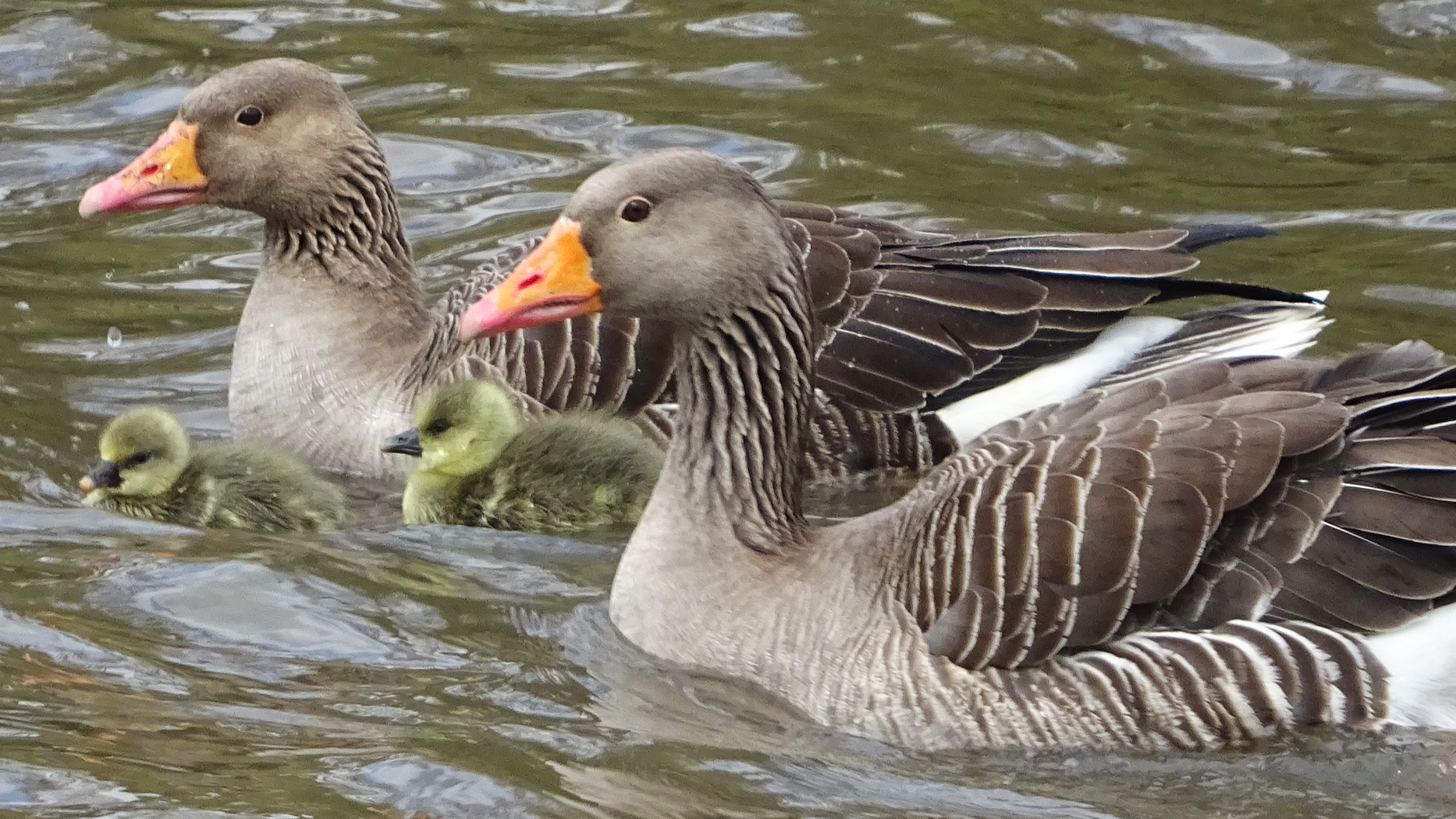
Slide title
Greylag Goose Anser anser
©Raymond Small TQ4792 04/04/2024
Button
Greylag Goose
is the ancestor of most domestic geese. It has a brownish-grey body, pink legs, an orange bill and is the largest and bulkiest of British wild geese. Greylags feed on grass, other vegetation and seeds.

Slide title
Egyptian Goose Alopochen aegyptiaca
©Raymond Small TQ4792 10/06/2023
Button
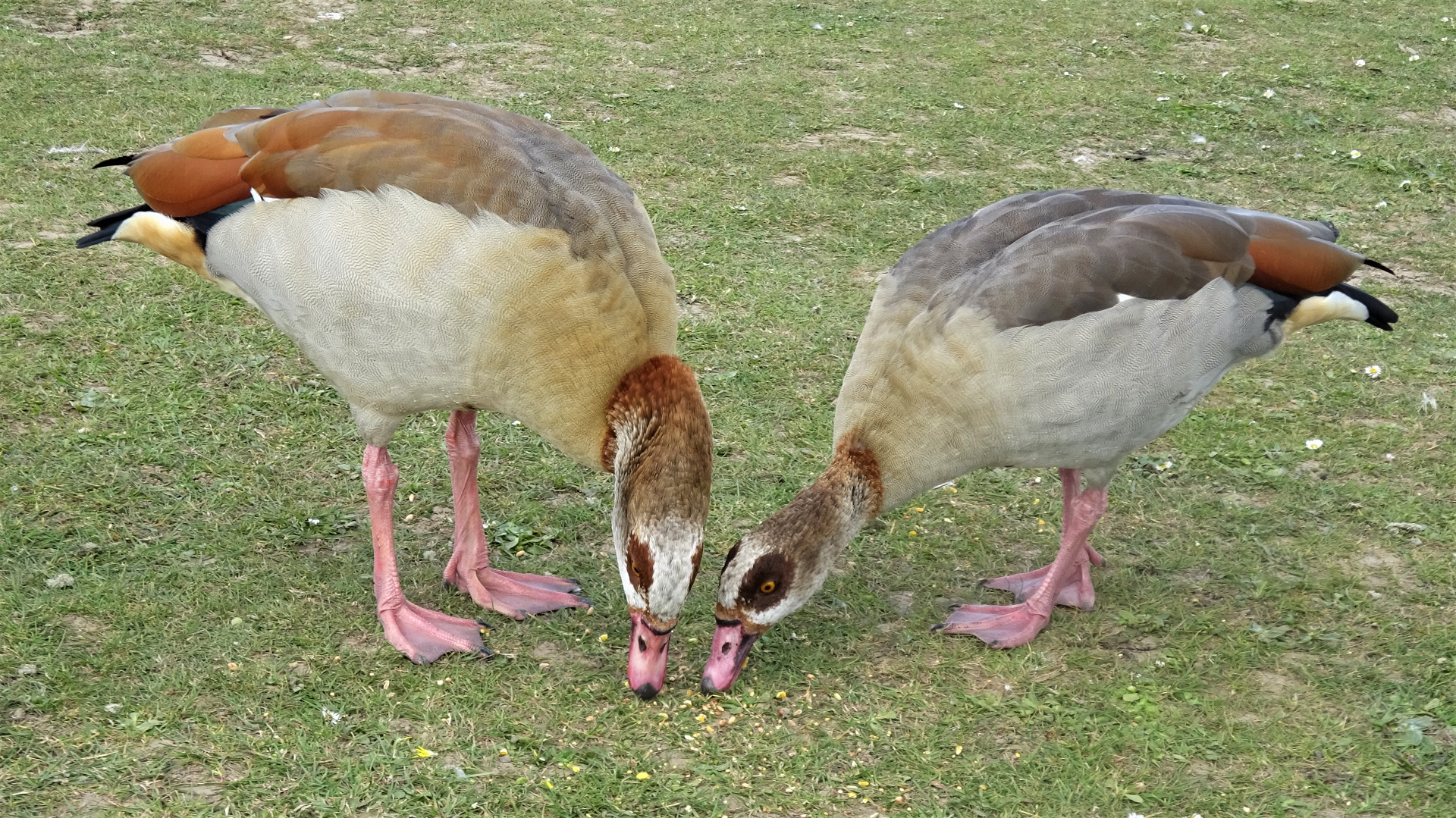
Slide title
Egyptian Goose Alopochen aegyptiaca
©Raymond Small TQ4792 16/04/2017
Button
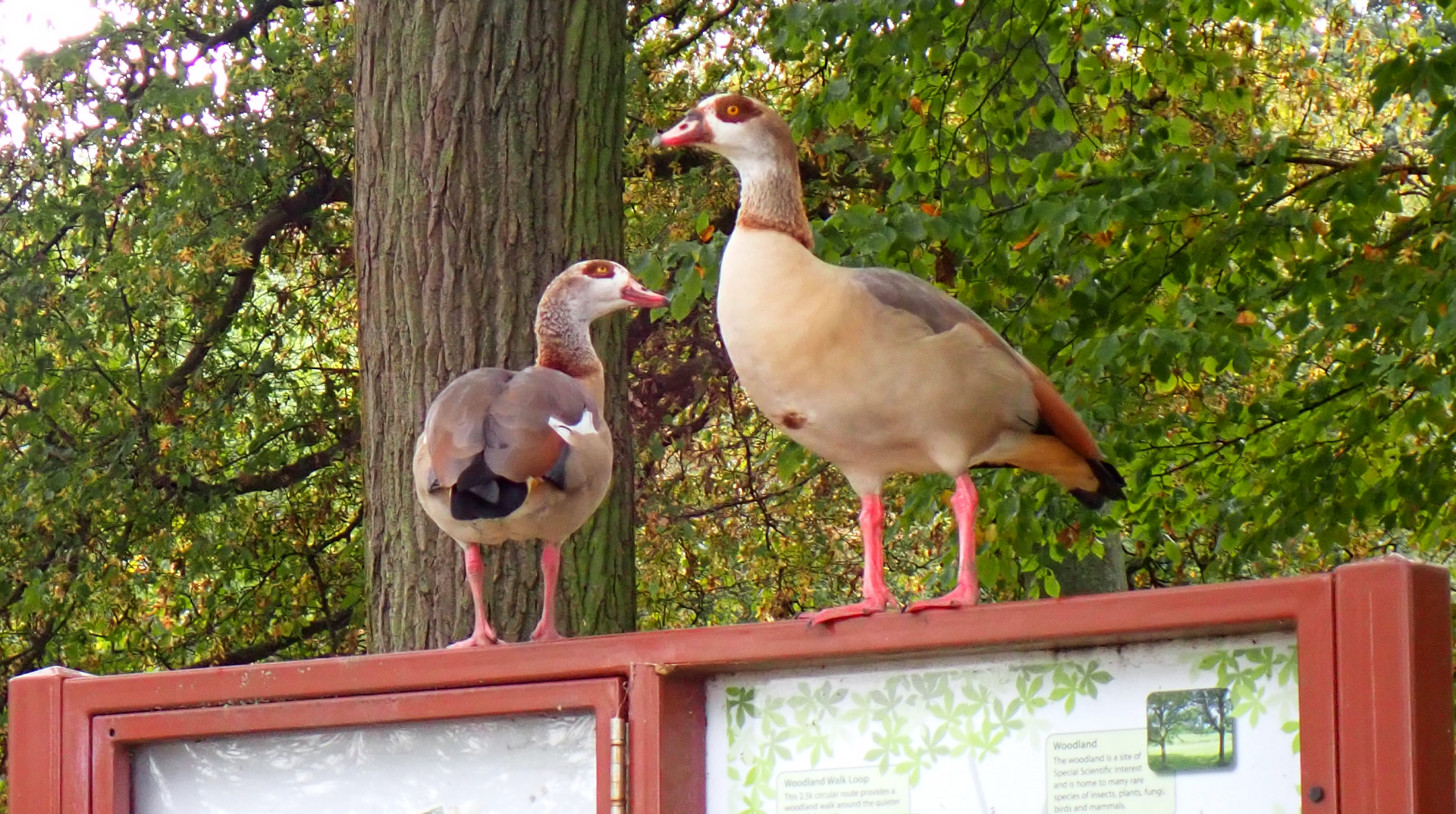
Slide title
Egyptian Goose Alopochen aegyptiaca
©Raymond Small TQ4792 18/10/2023
Button
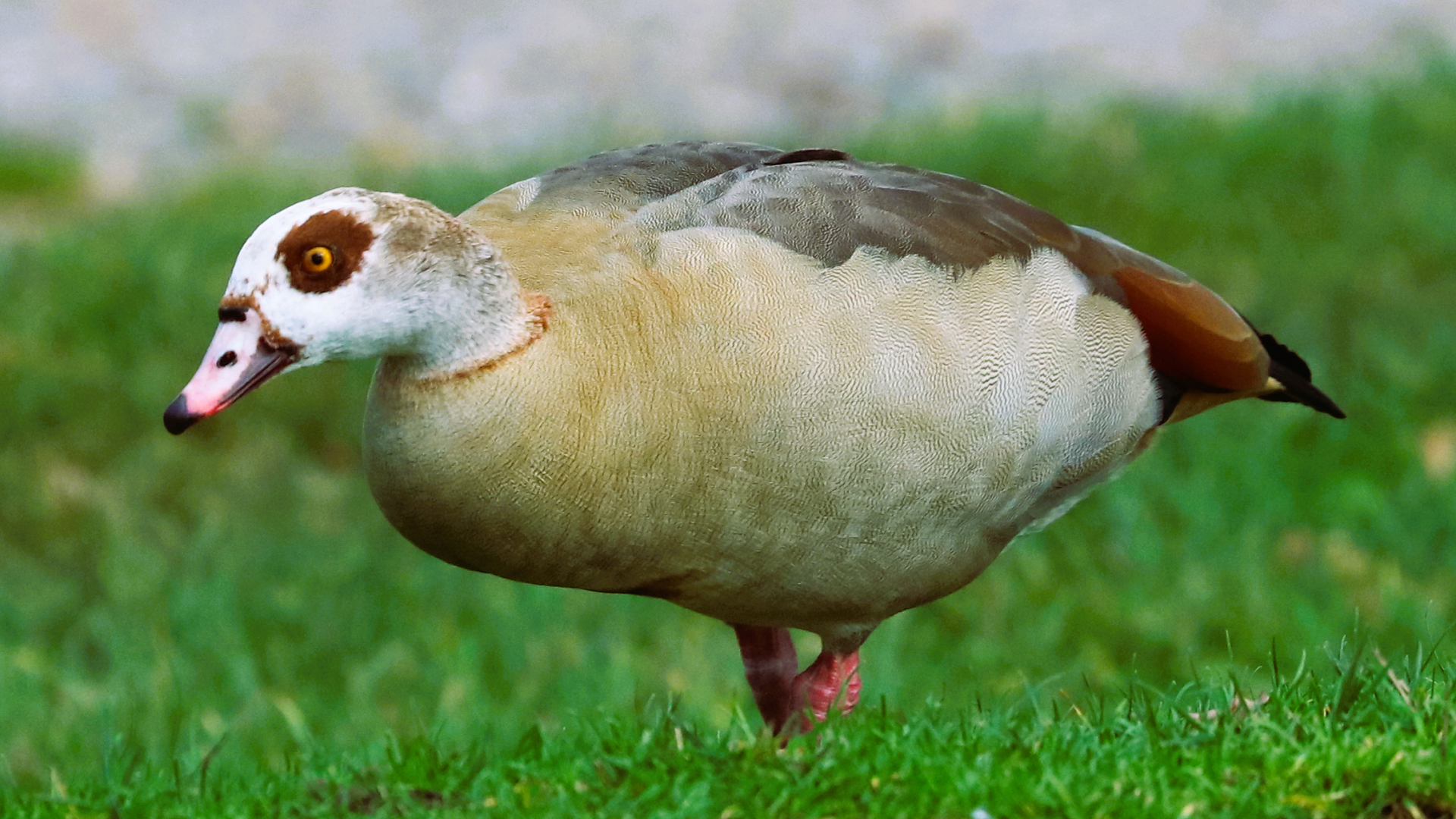
Slide title
Egyptian Goose Alopochen aegyptiaca
©Michael Trump TQ4792 22/12/2023
Button

Slide title
Egyptian Goose Alopochen aegyptiaca
©Raymond Small TQ4893 24/08/2023
Button
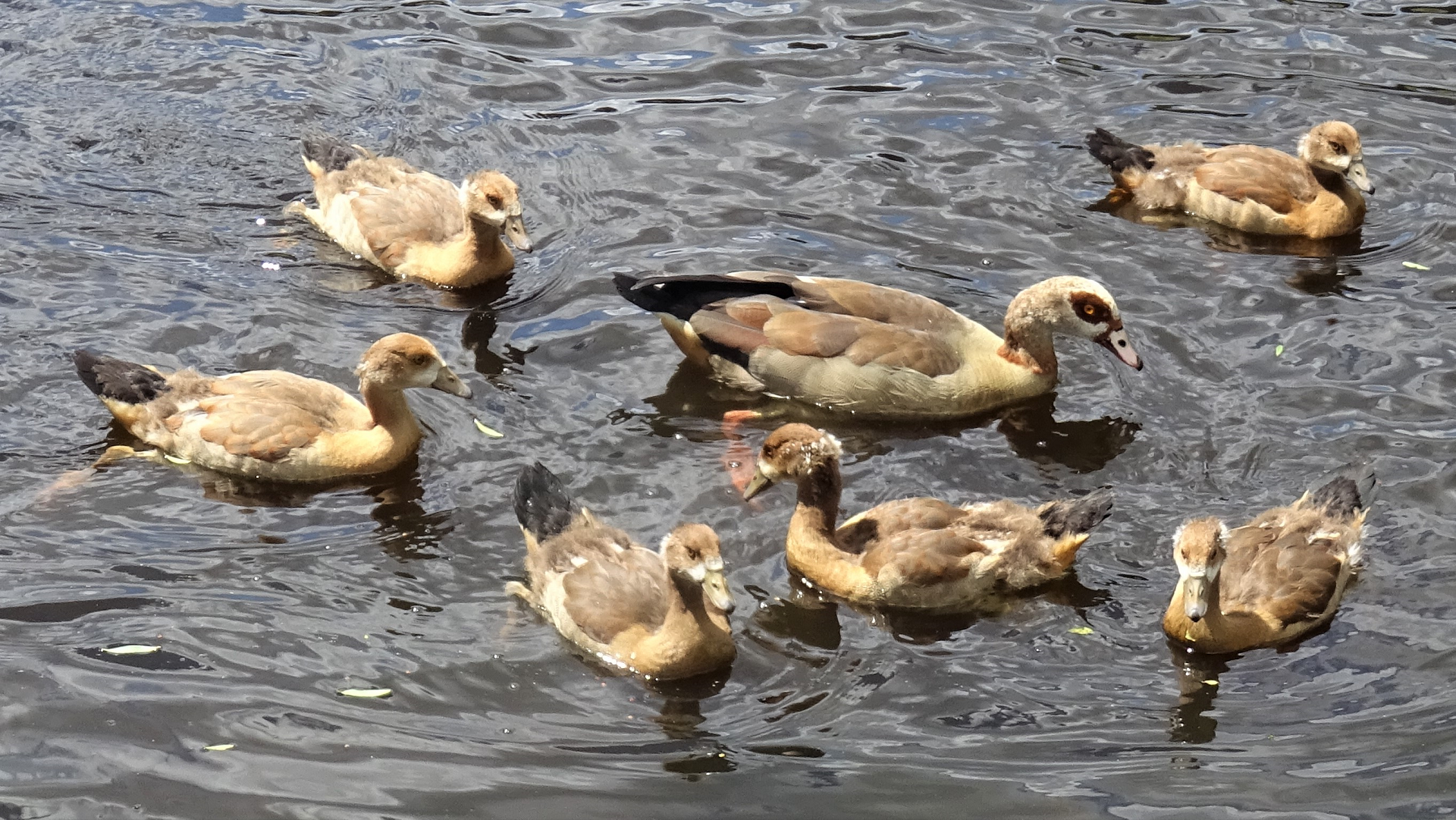
Slide title
Egyptian Goose Alopochen aegyptiaca
©Raymond Small TQ4793 17/07/2023
Button

Slide title
Egyptian Goose Alopochen aegyptiaca
©Raymond Small TQ4793 17/07/2023
Button
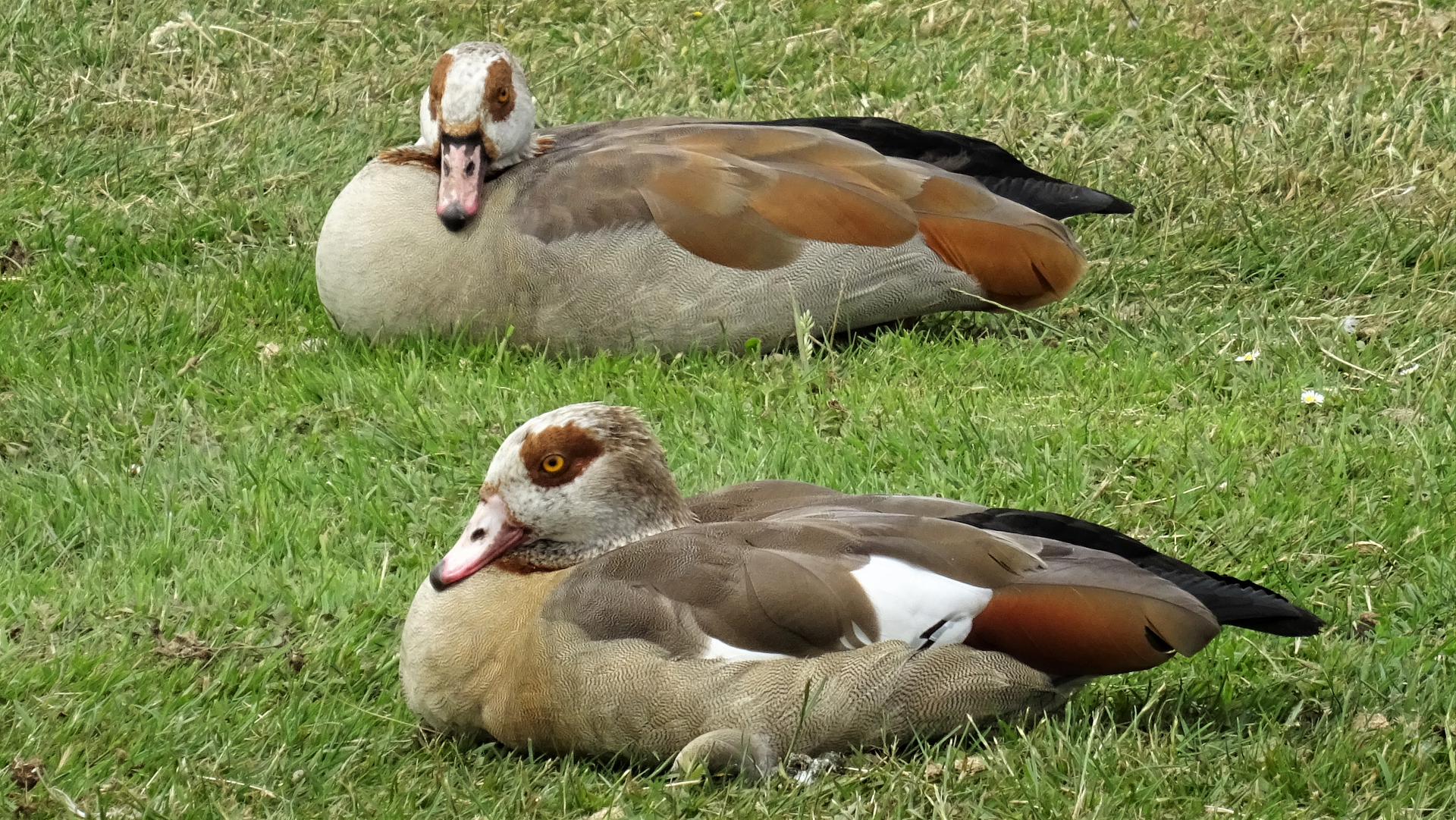
Slide title
Egyptian Goose Alopochen aegyptiaca
©Raymond Small TQ4792 10/06/2023
Button

Slide title
Egyptian Goose Alopochen aegyptiaca
©Raymond Small TQ4792 17/05/2023
Button

Slide title
Egyptian Goose Alopochen aegyptiaca
©Michael Trump TQ4792 19/05/2023
Button
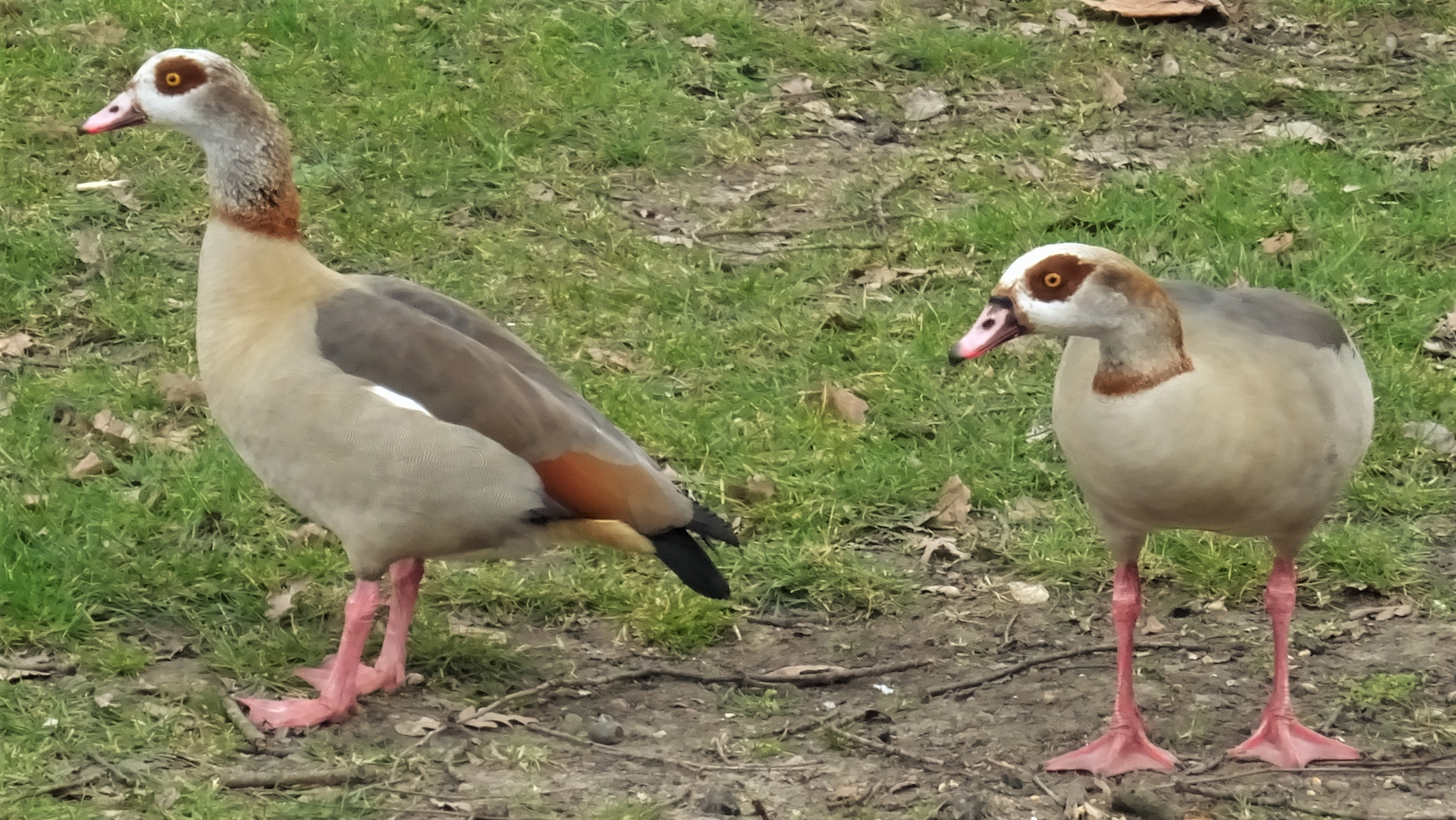
Slide title
Egyptian Goose Alopochen aegyptiaca
©Raymond Small TQ4792 06/03/2023
Button
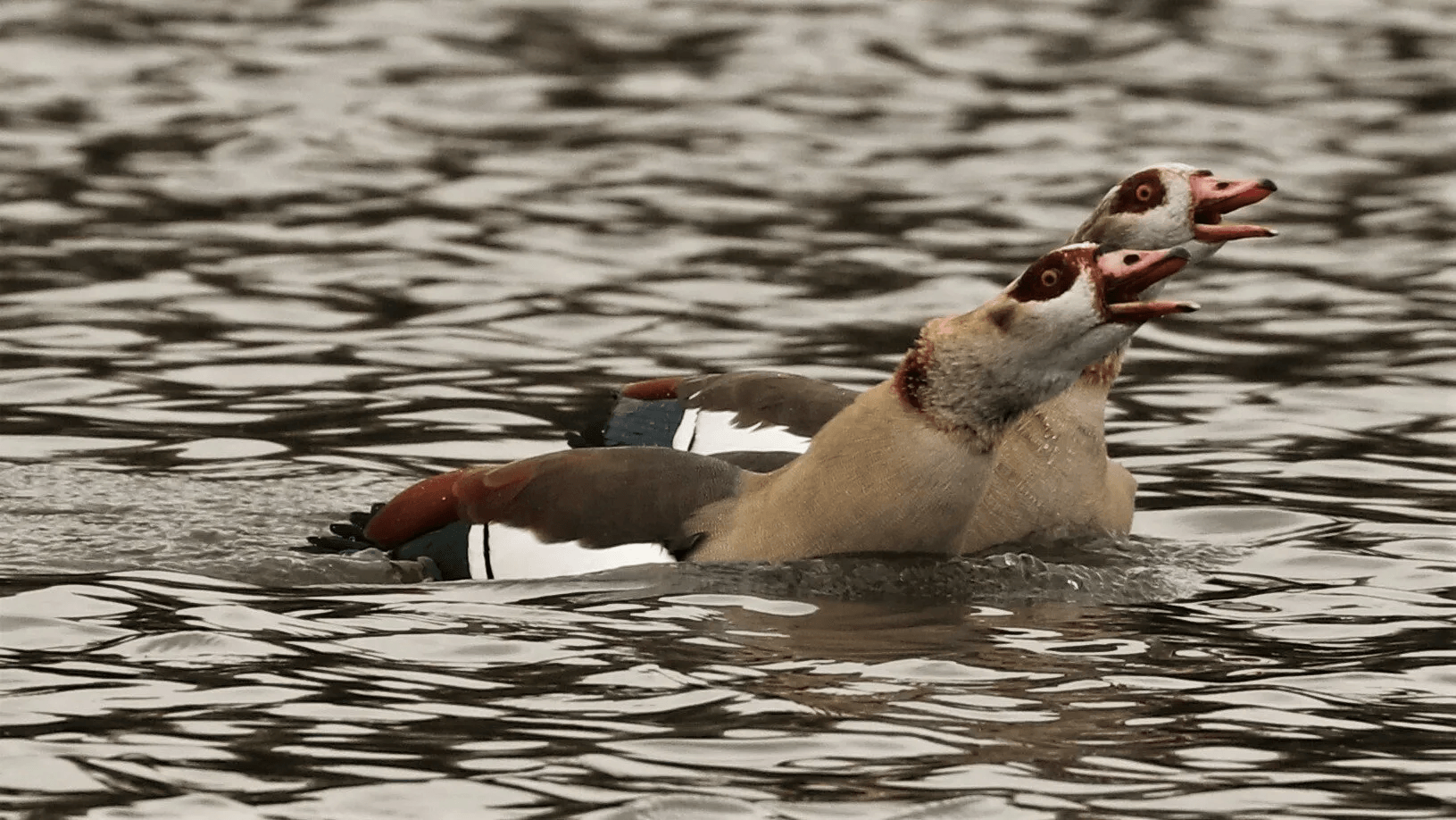
Slide title
Egyptian Goose Alopochen aegyptiaca
©Michael Trump TQ4672 06/04/2022
Button

Slide title
Egyptian Goose Alopochen aegyptiaca
©Debi H TQ4589 17/04/2022
Button
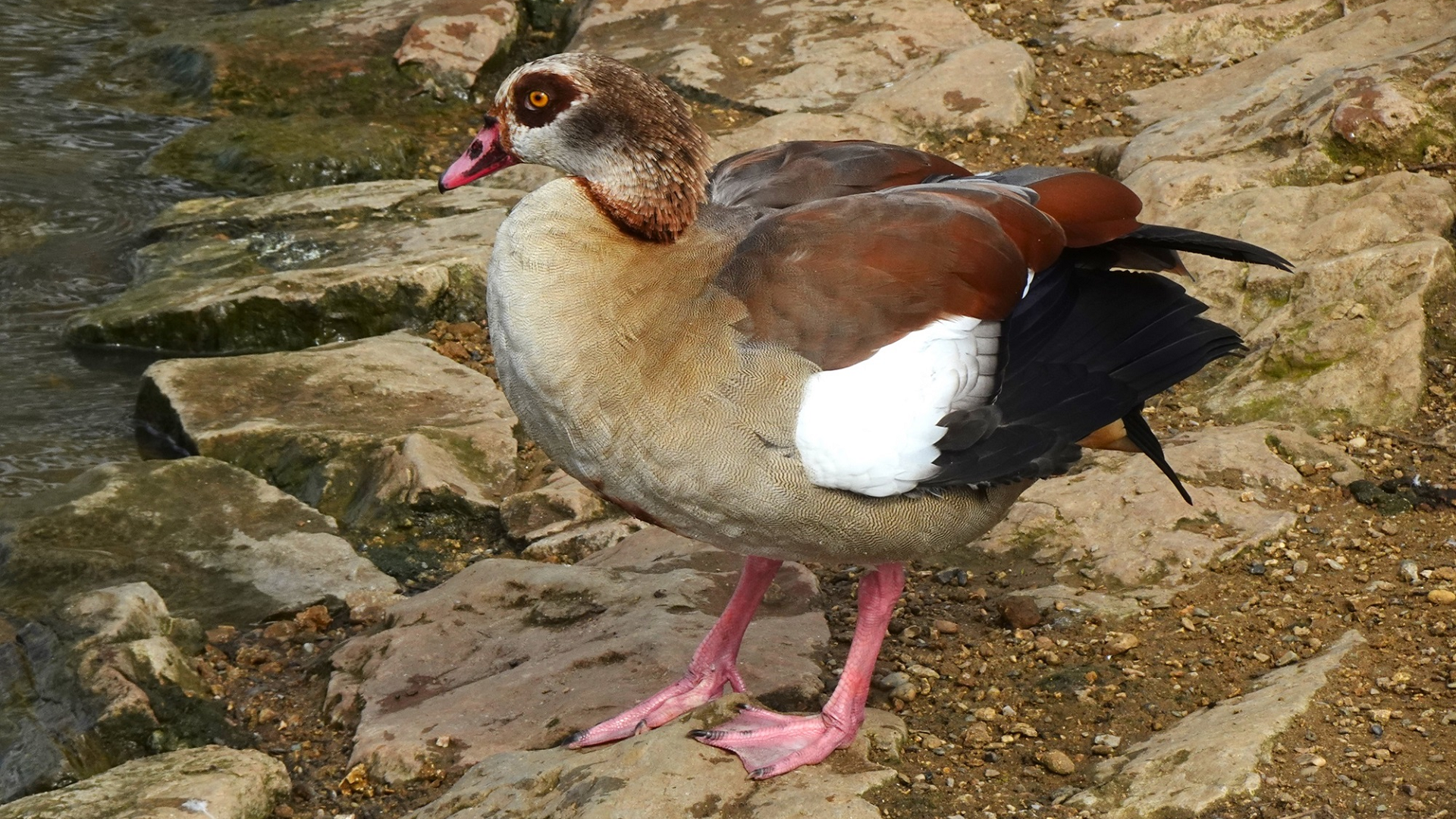
Slide title
Egyptian Goose Alopochen aegyptiaca
©Mike Rumble TQ4792 20/03/2024
Button

Slide title
Egyptian Goose Alopochen aegyptiaca
©Michael Trump TQ4792 02/10/2023
Button
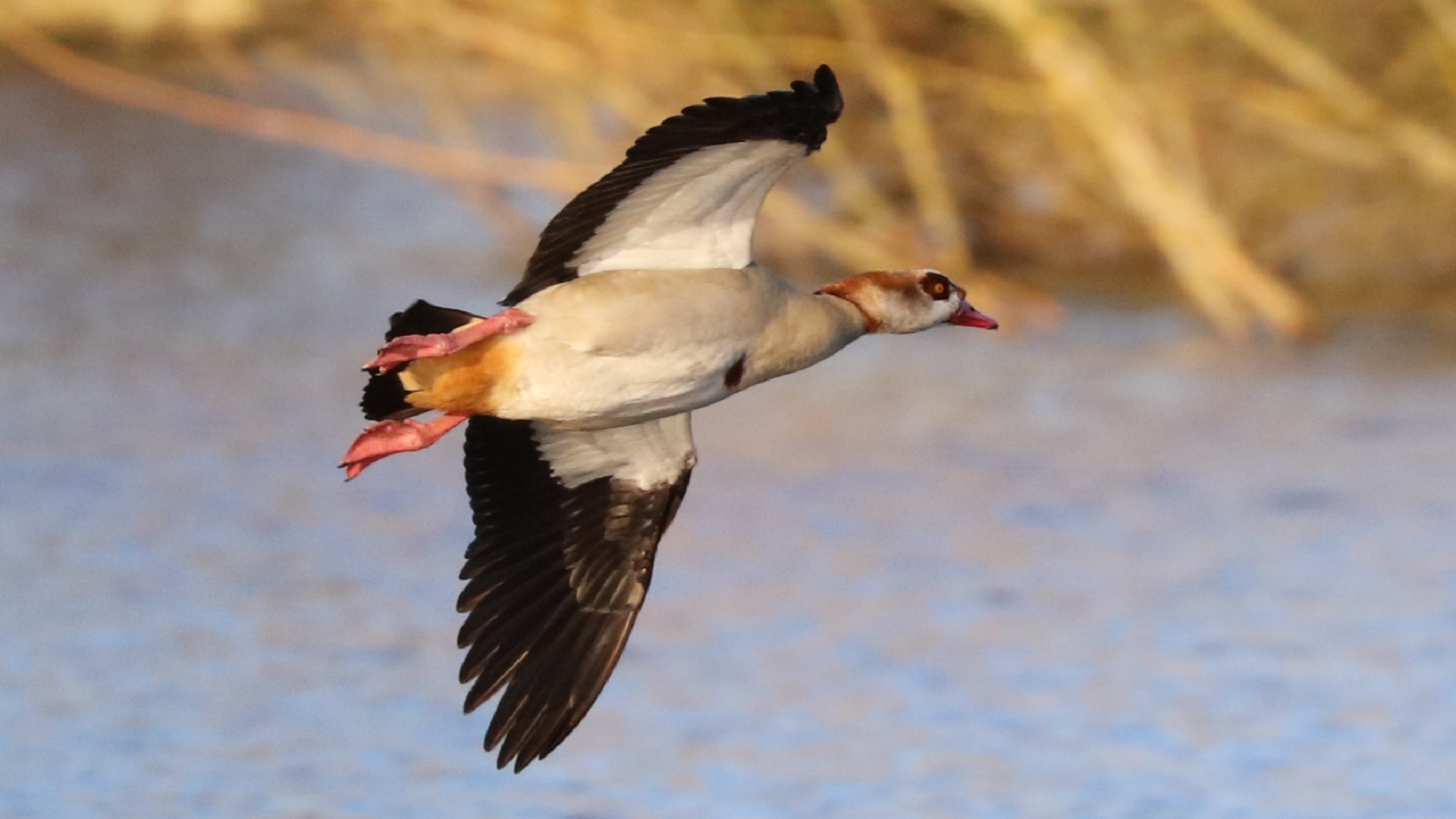
Slide title
Egyptian Goose Alopochen aegyptiaca
©Michael Trump TQ4792 22/01/2021
Button
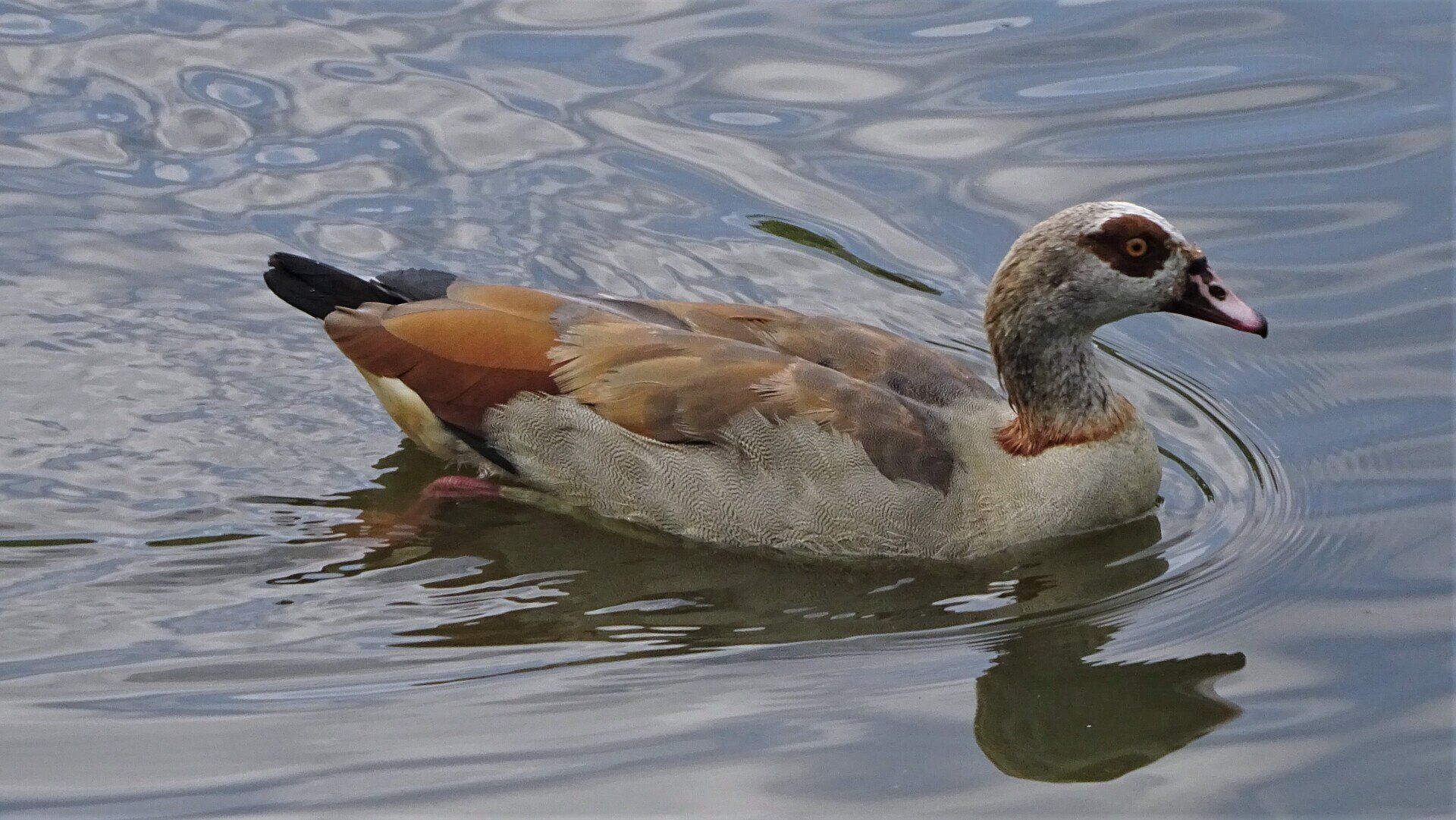
Slide title
Egyptian Goose Alopochen aegyptiaca
©Raymond Small TQ4793 15/08/2022
Button
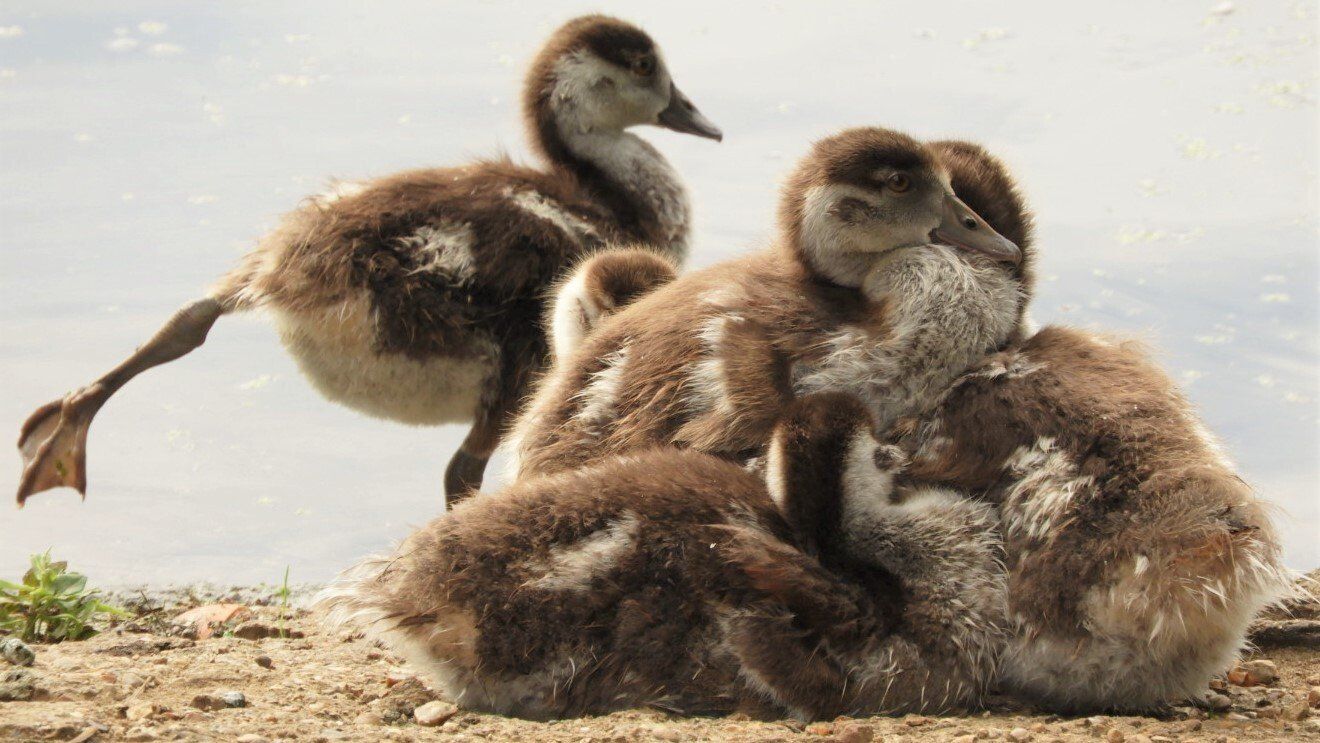
Slide title
Egyptian Goose Alopochen aegyptiaca
©Debi H TQ4589 26/09/2022
Button

Slide title
Egyptian Goose Alopochen aegyptiaca
©Debi H TQ4589 18/03/2022
Button
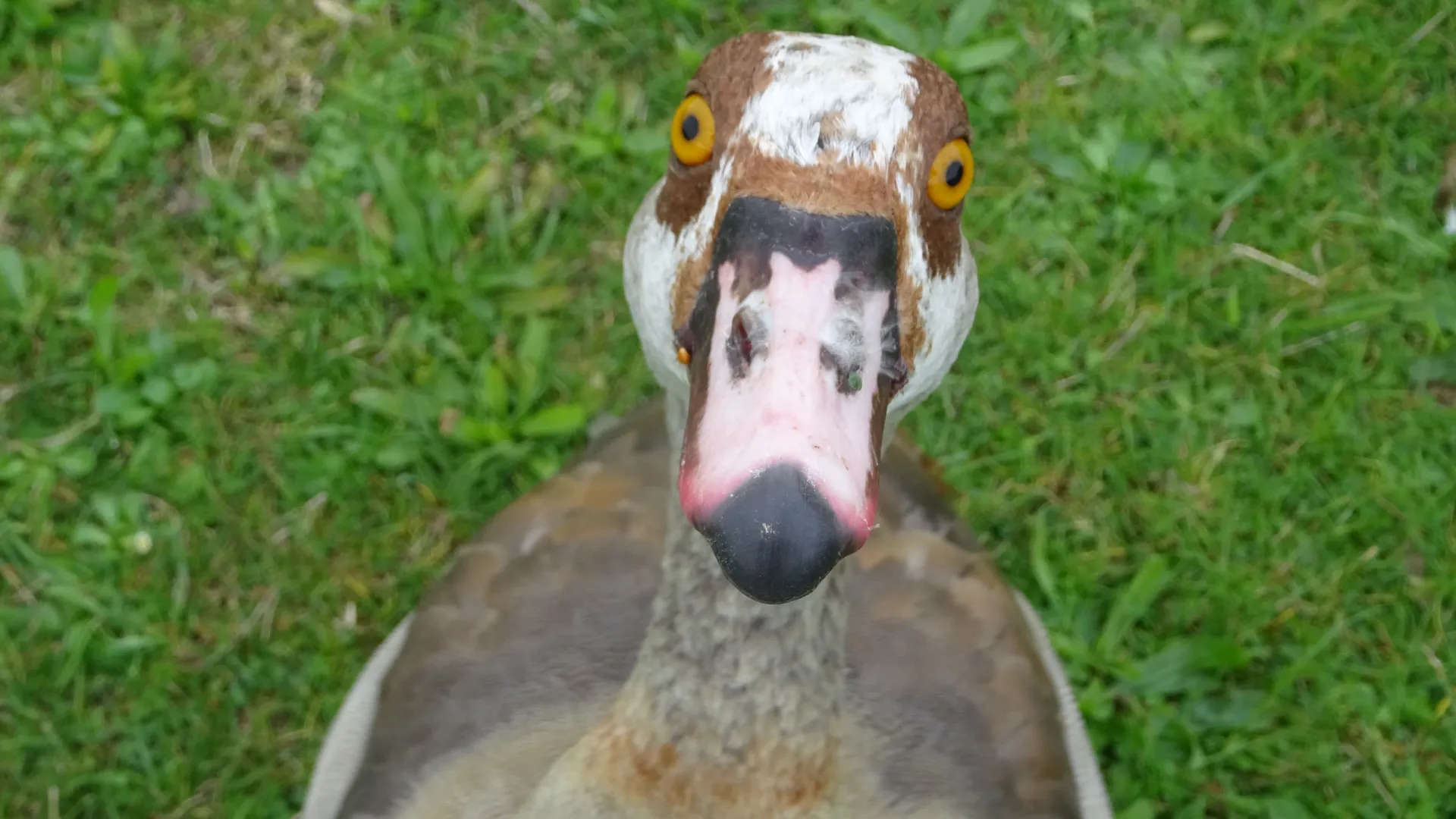
Slide title
Egyptian Goose Alopochen aegyptiaca
©Raymond Small TQ4792 12/10/2024
Button
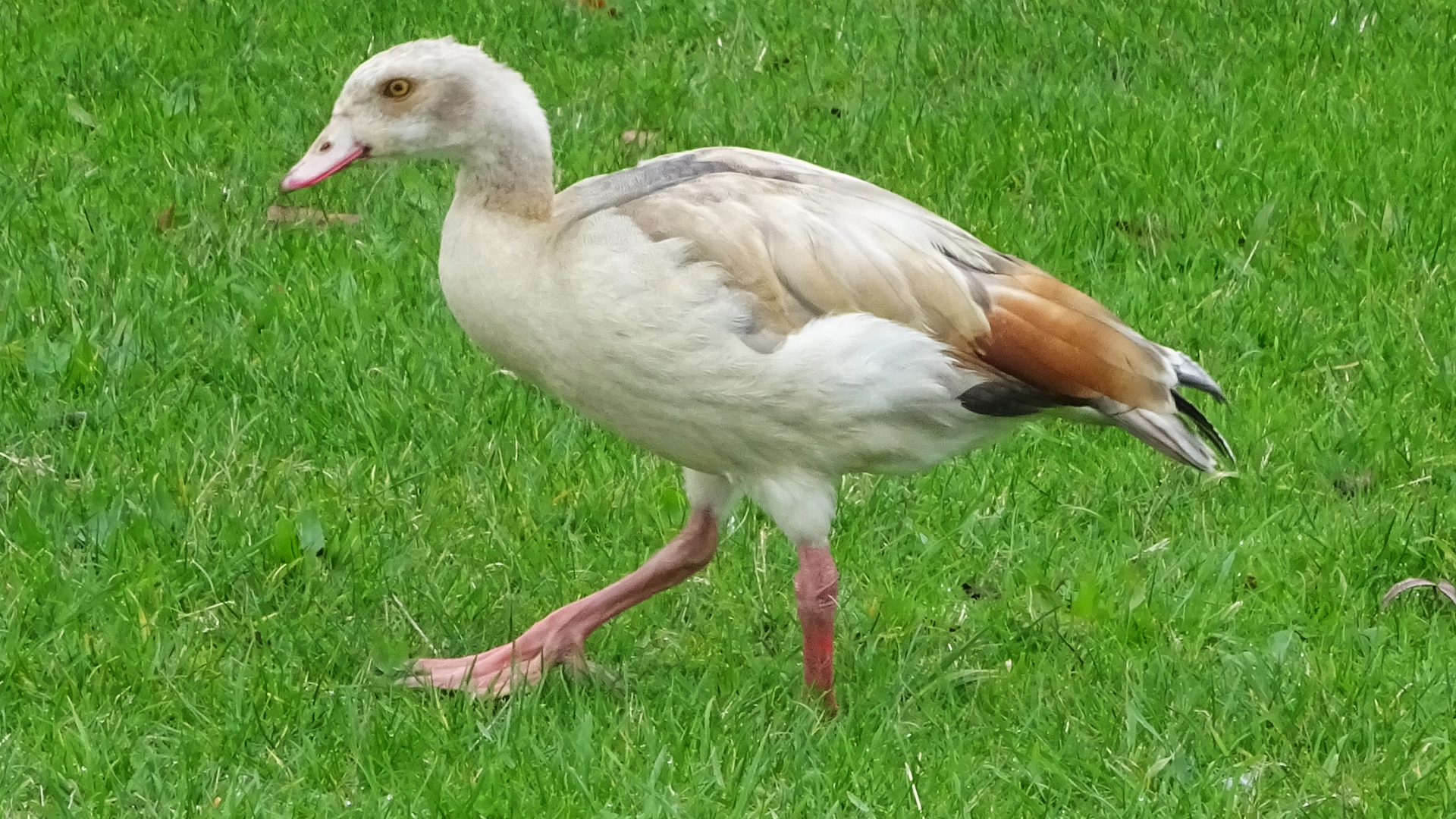
Slide title
Egyptian Goose Alopochen aegyptiaca
©Raymond Small TQ4792 12/10/2024
Button
Egyptian Geese
Alopochen aegyptiaca
are brown and grey with dark brown eye-patches. Younger birds do not have dark eye patches. This species was introduced to Britain as an ornamental species, some escaped into the wild and are now successfully breeding in the wild. Egyptian geese have a preference for open grassland near freshwater where they can nest in tree cavities and have been known to move into crow and raptor nests.They usually pair for life. The male attracts a mate with an elaborate courtship display that incorporates honking, neck stretching and feather displays. These are "Geese" in name only. They are actually a type of shelduck -- an intermediate species somewhere between geese and ducks. As far back as 3100 B.C. the Ancient Egyptians kept Egyptian Geese as pets making them one of the oldest domesticated species. They are now the most widespread African waterfowl appearing in many countries around the world after being introduced.
